The hack returns to Norway
/Last autumn Agile helped Peter Bormann (ConocoPhillips Norge) and the FORCE consortium host the first geo-flavoured hackathon in Norway. Maybe you were there, or maybe you read about the nine fascinating machine learning projects here on the blog. If so, you’ll know it was a great event, so we’re doing it again!
Hackthon: 18 and 19 September
Symposium: 20 September
Check out last year’s projects here. Projects included Biostrat!, Virtual Metering, sketch2seis, and AVO ML — a really interesting AVO approach exploiting latent spaces (see image, right). Most of them are on GitHub and could be extended this year.
Part of what I love about these things is that we have no idea what the projects will be. As last year, there’ll be a pre-hackathon meetup in Storhaug the evening before Day 1 (on 17 September) — we’ll figure it all out there. In the meantime, if you have an idea check out the link at the end of this post where you can share and discuss it with others.
The hackathon will be followed by a one-day symposium on machine learning in the subsurface (left). This well attended event was also excellent last year, and promises to deliver again in 2019. Peter did a briliant job of keeping things rooted in real results from real research, so you won’t be subjected to the parade of marketing talks you might have been subjected to at certain other conferences.
Find out more and sign up on NPD.no! Don’t delay; places are limited.
Submit and discuss project ideas on Agile’s Events page. Note that this does not sign you up for the event.
Get on softwareunderground.com/slack to discuss the event in the #force-hack-2019 channel.
See you there!





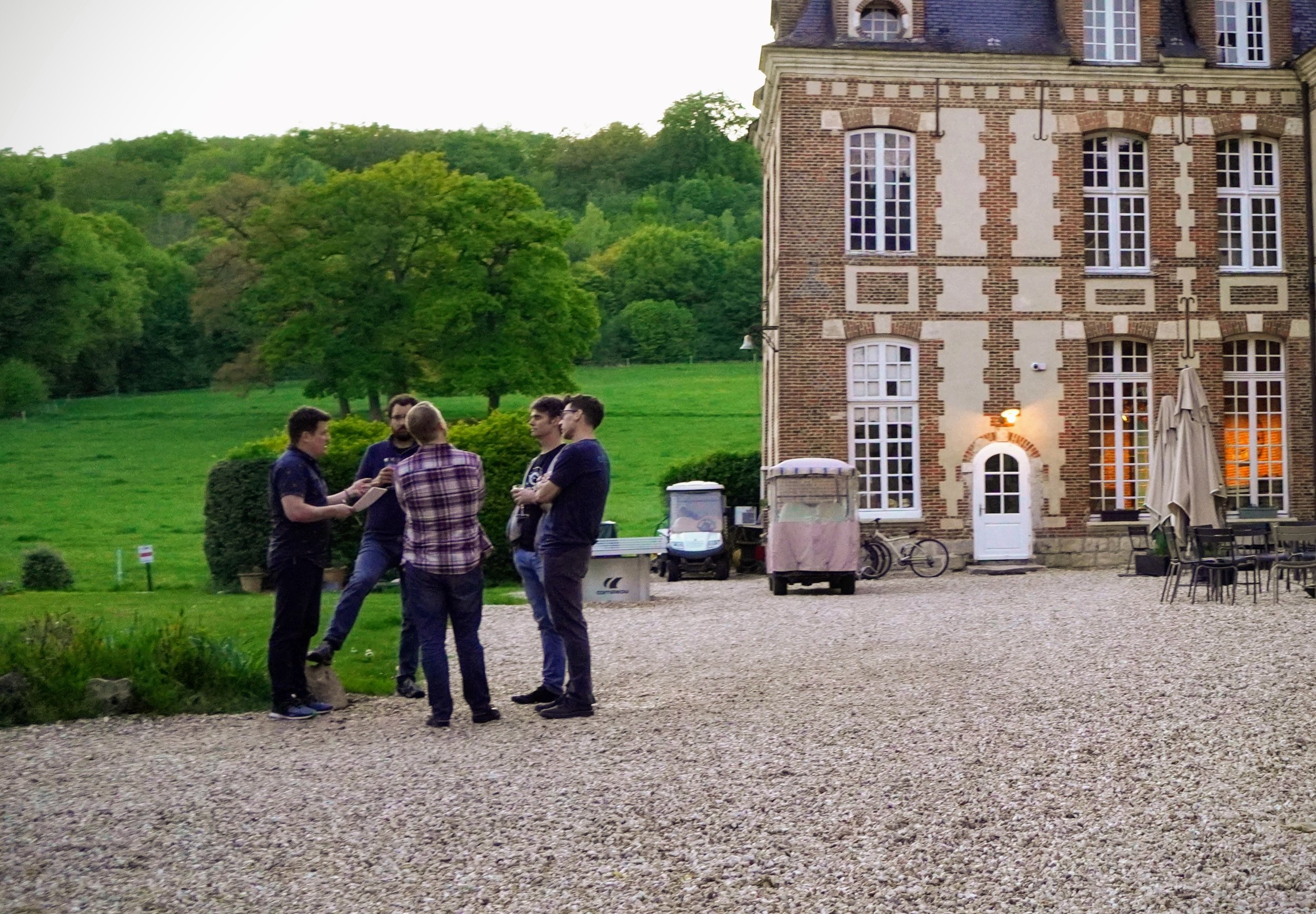
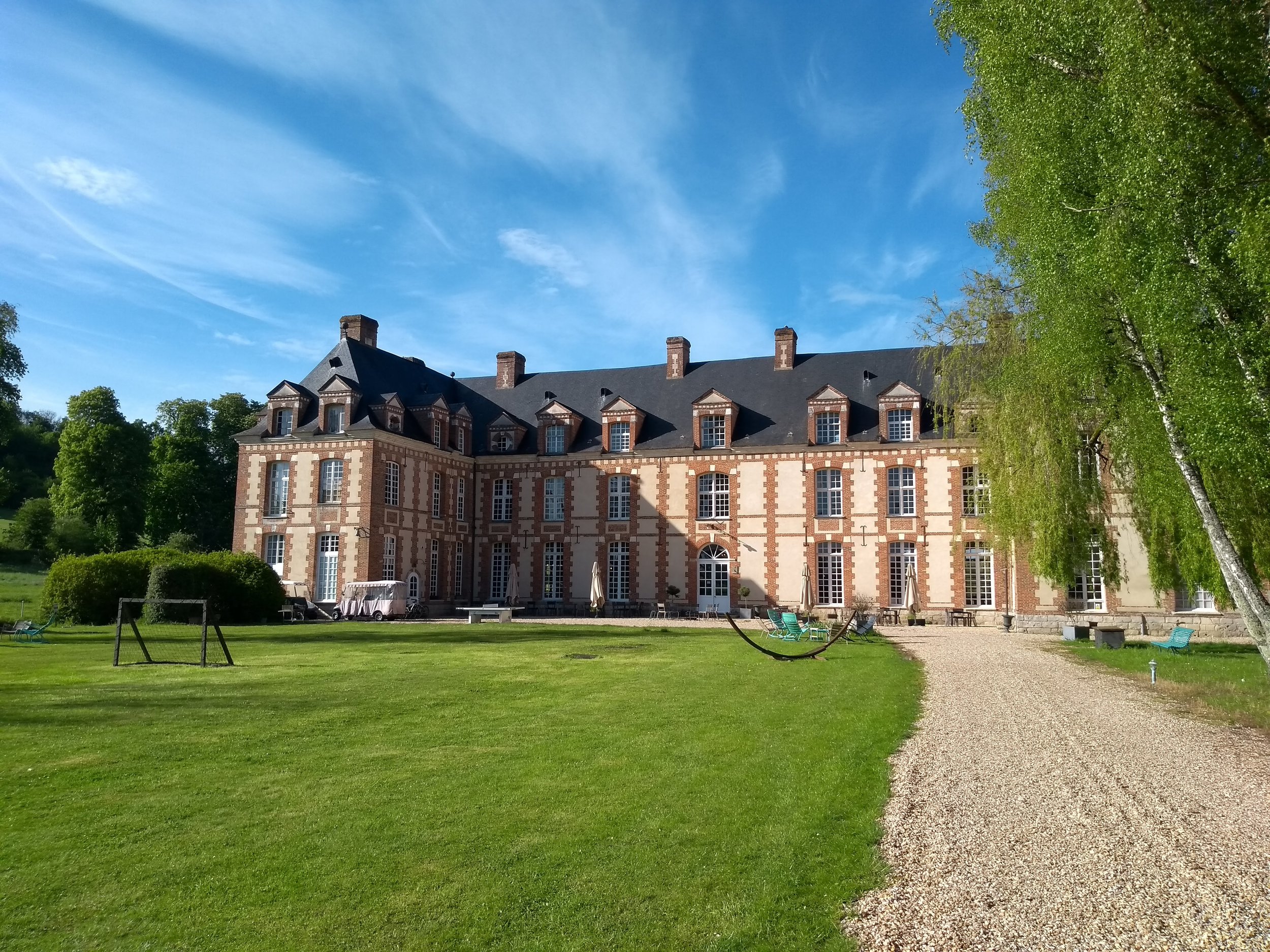
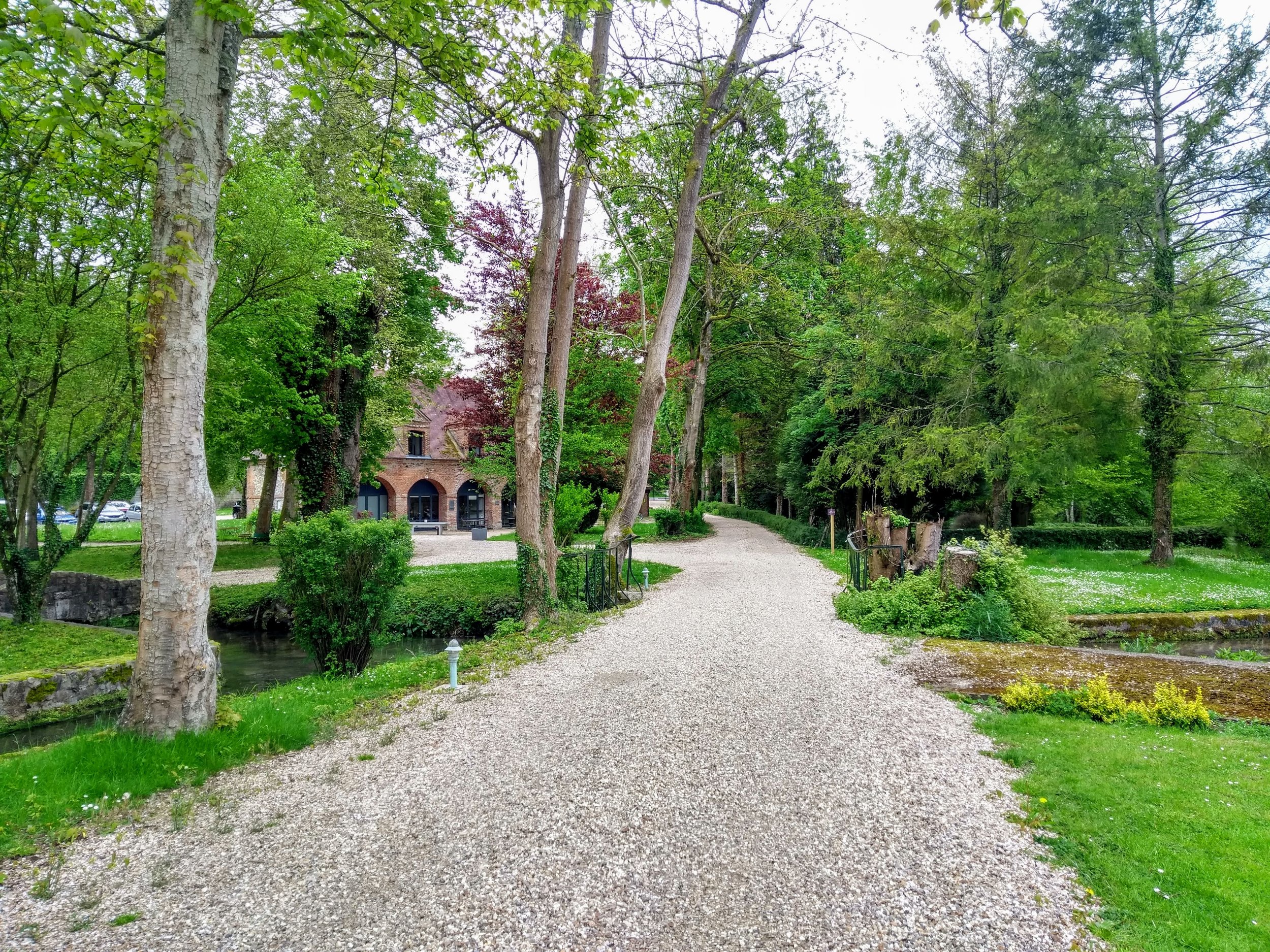
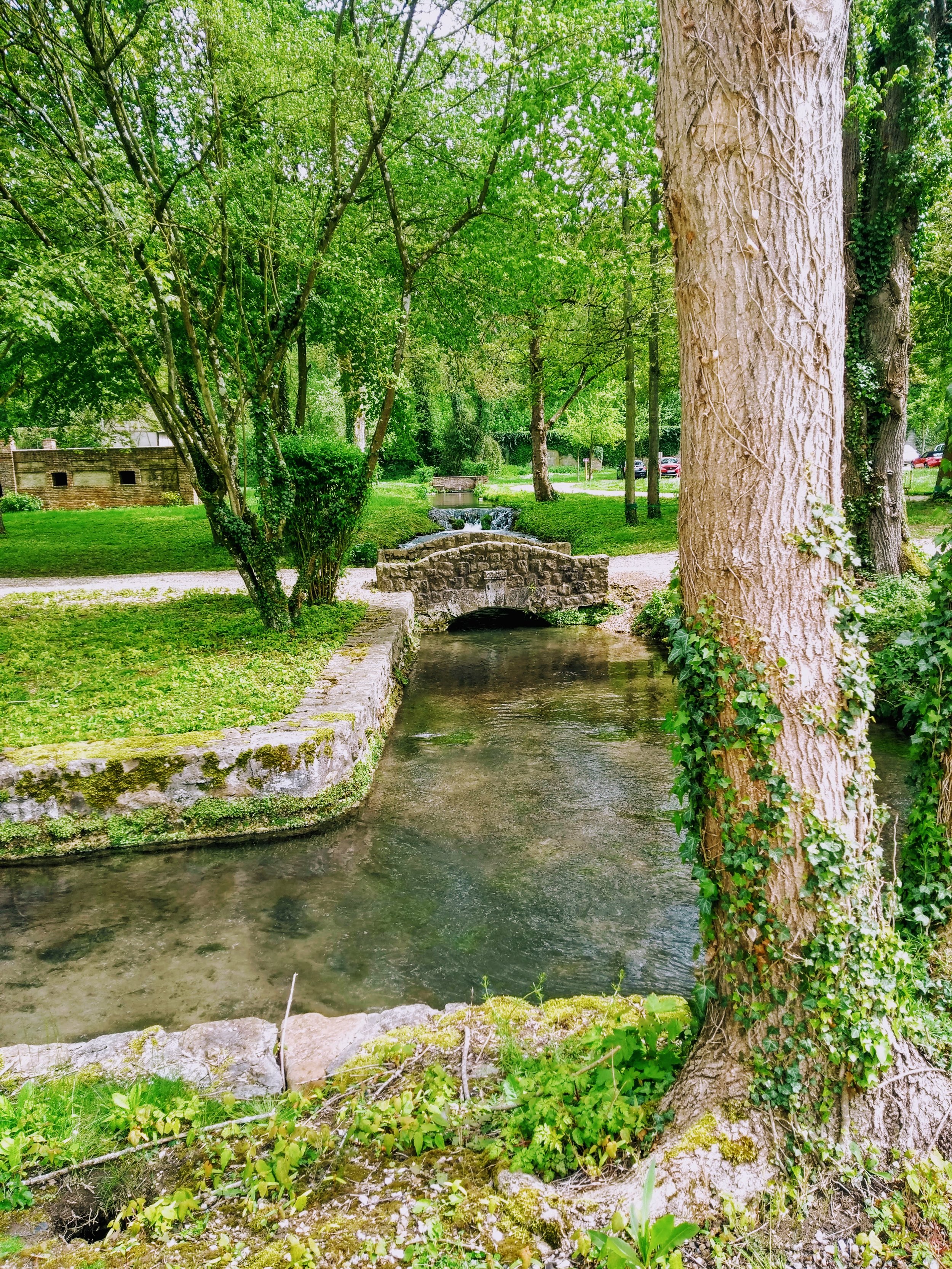

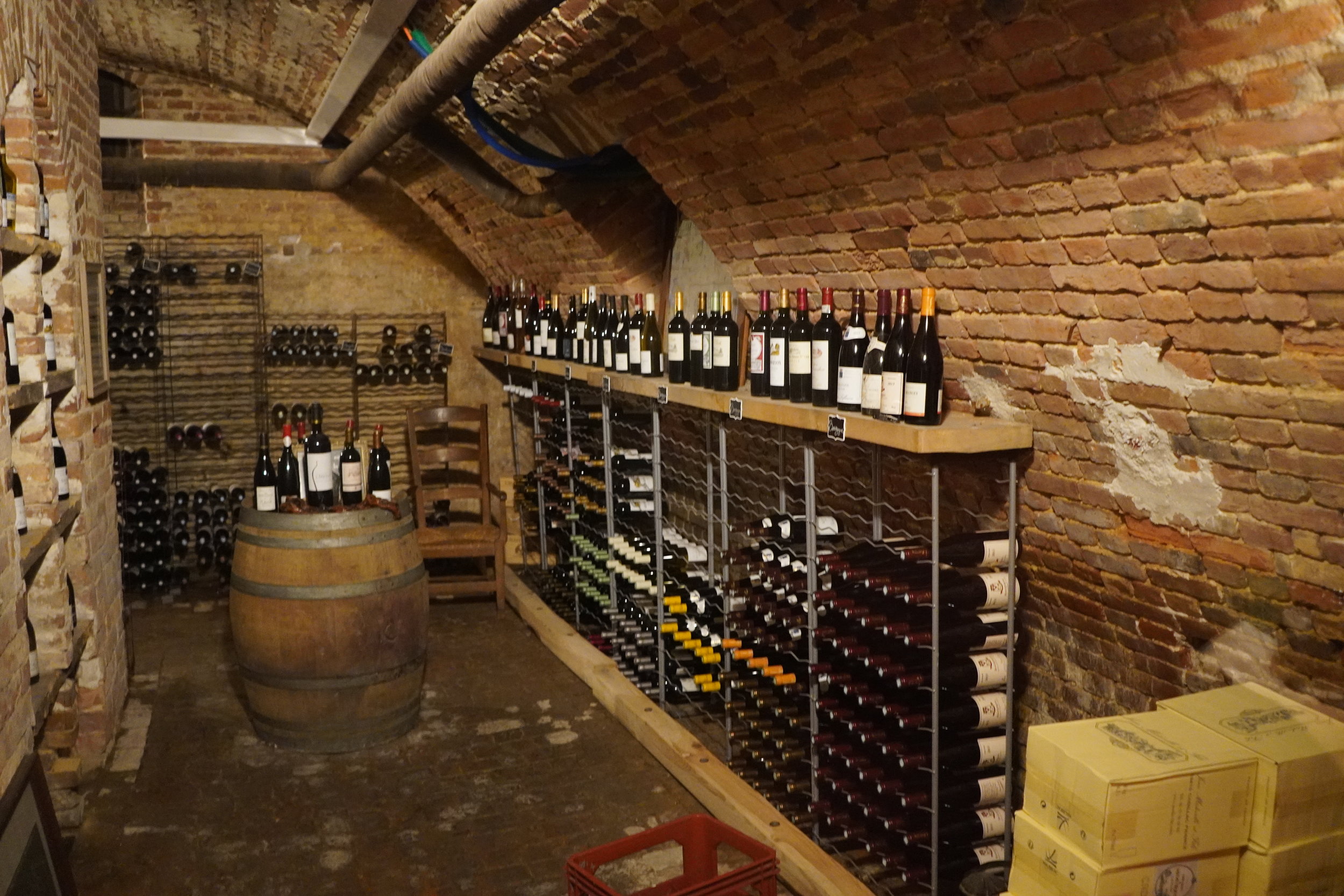
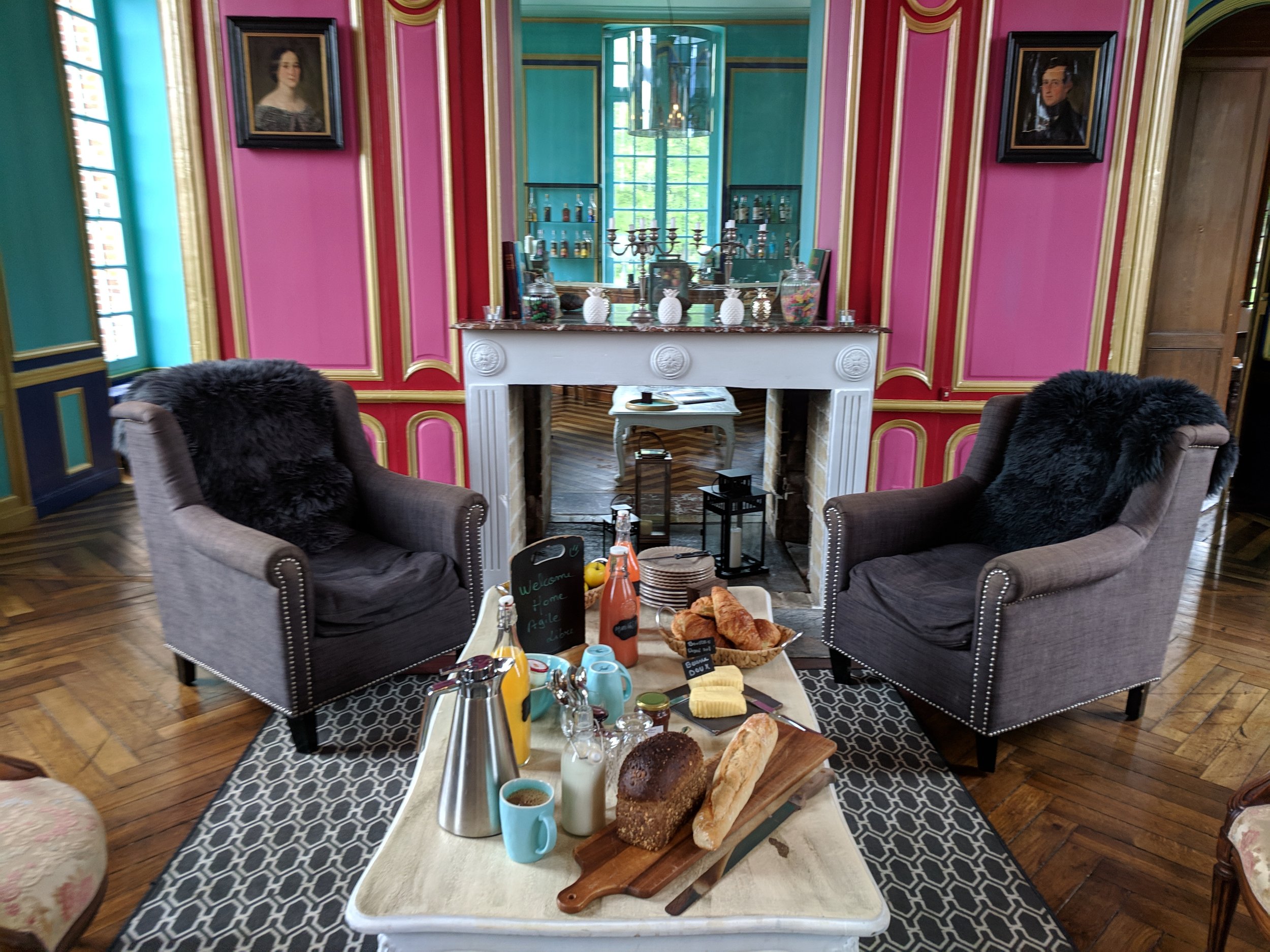
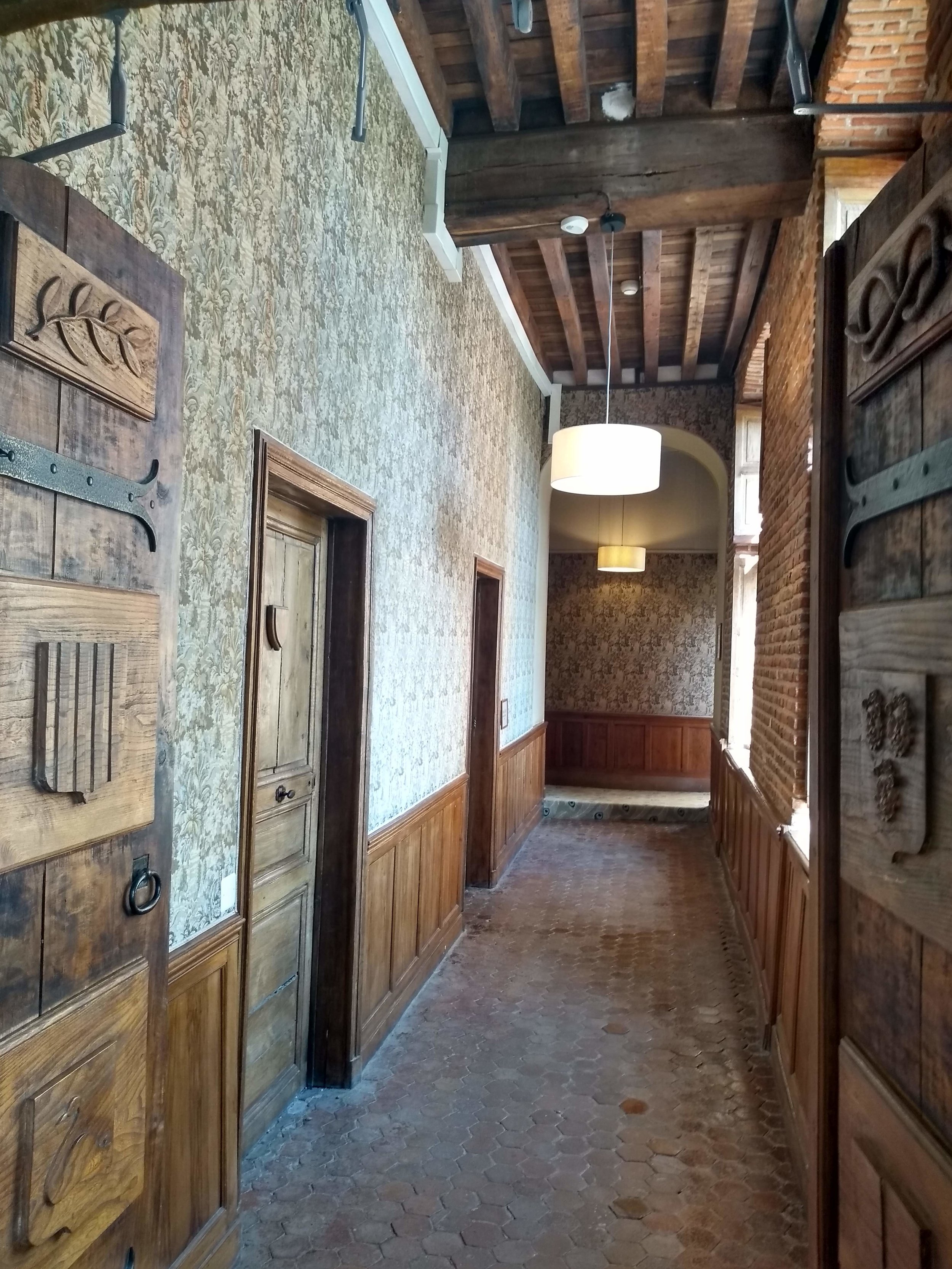
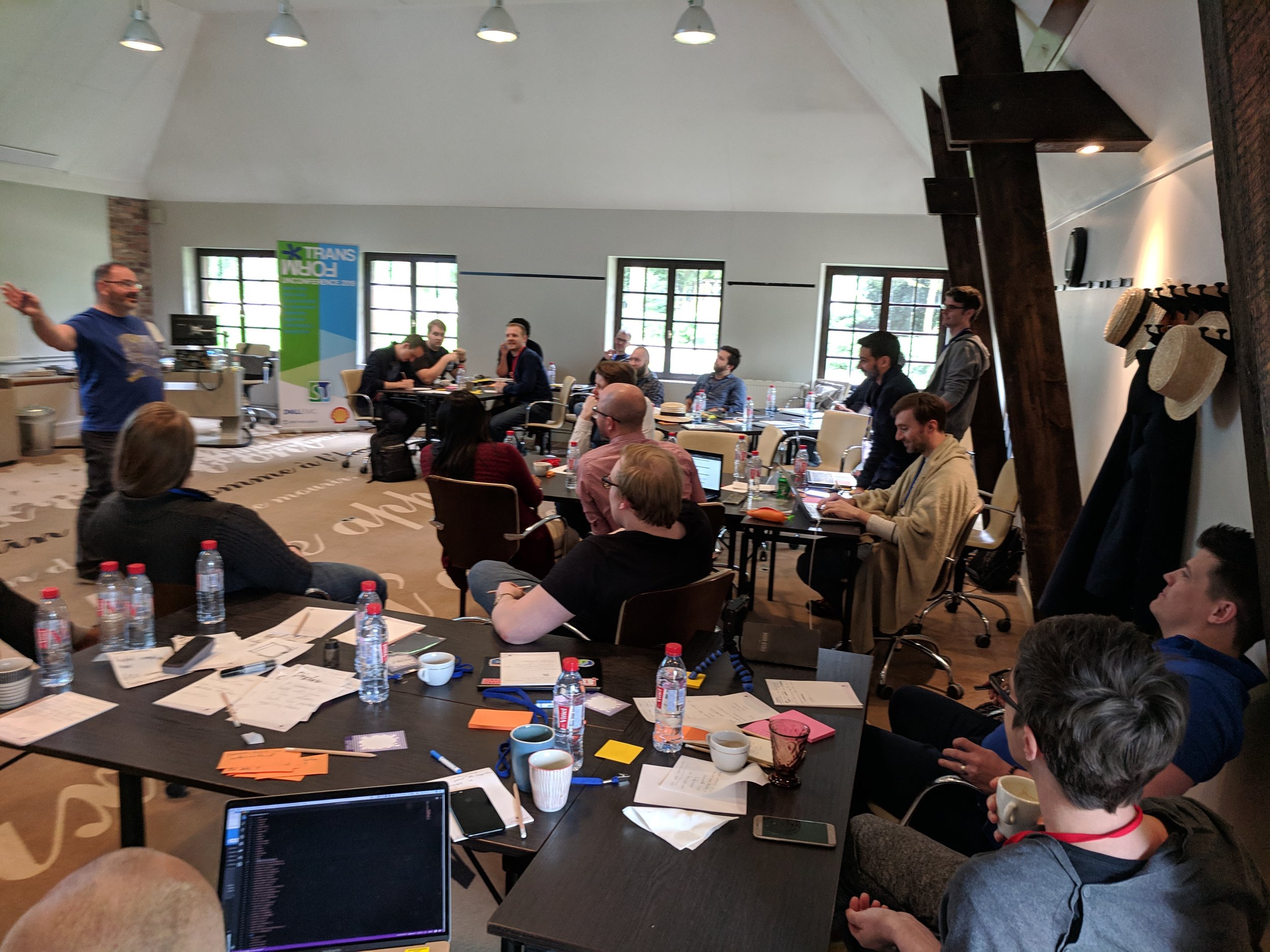
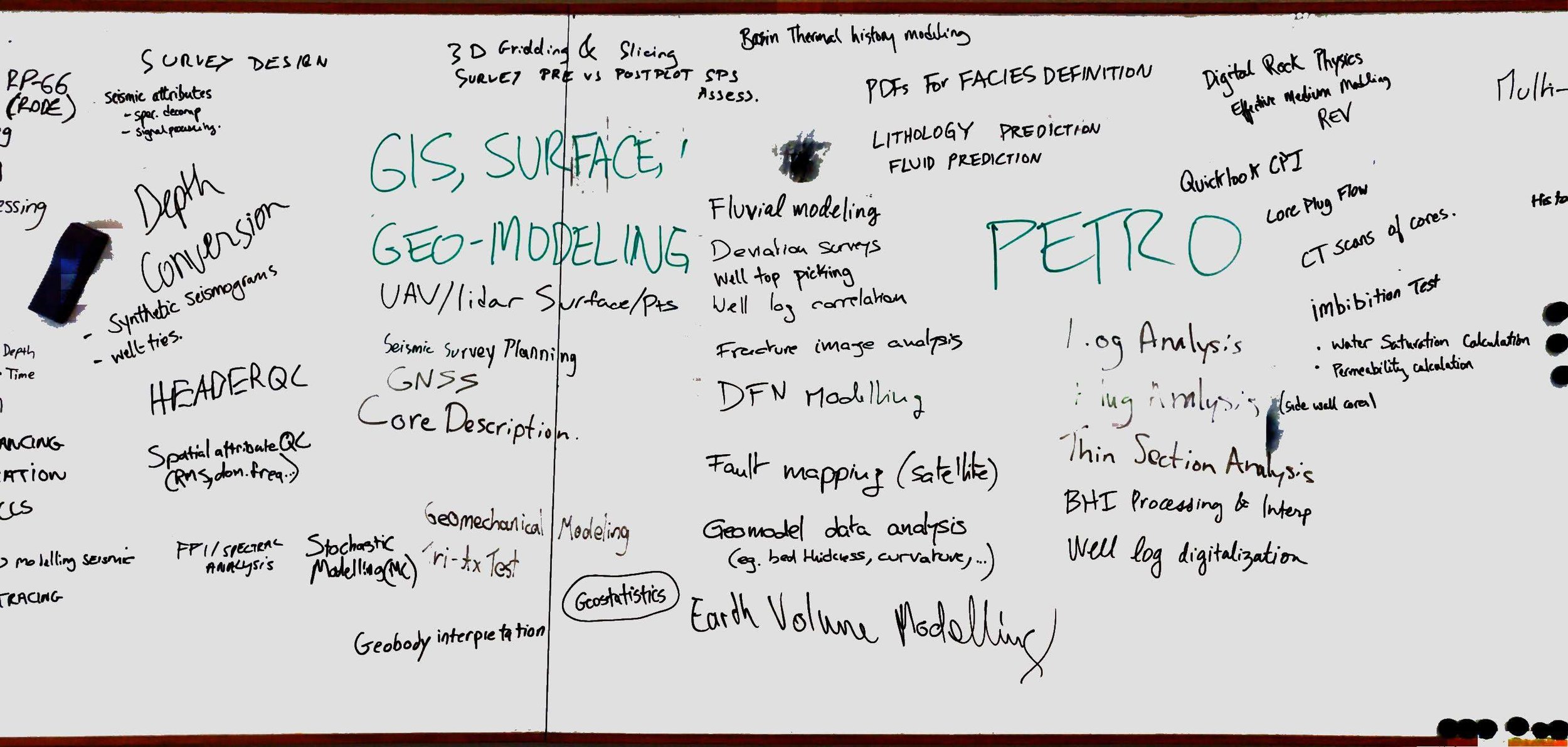

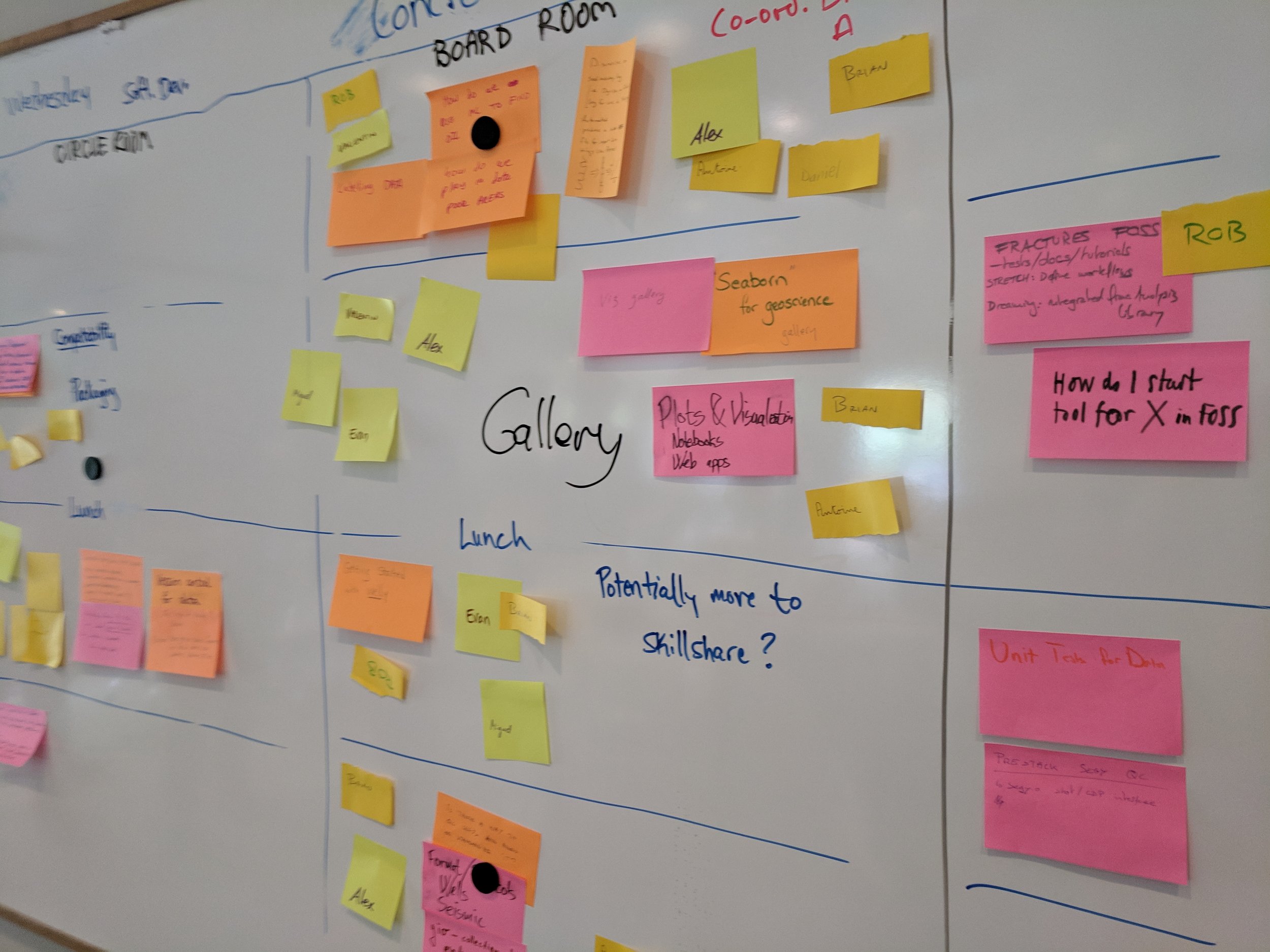
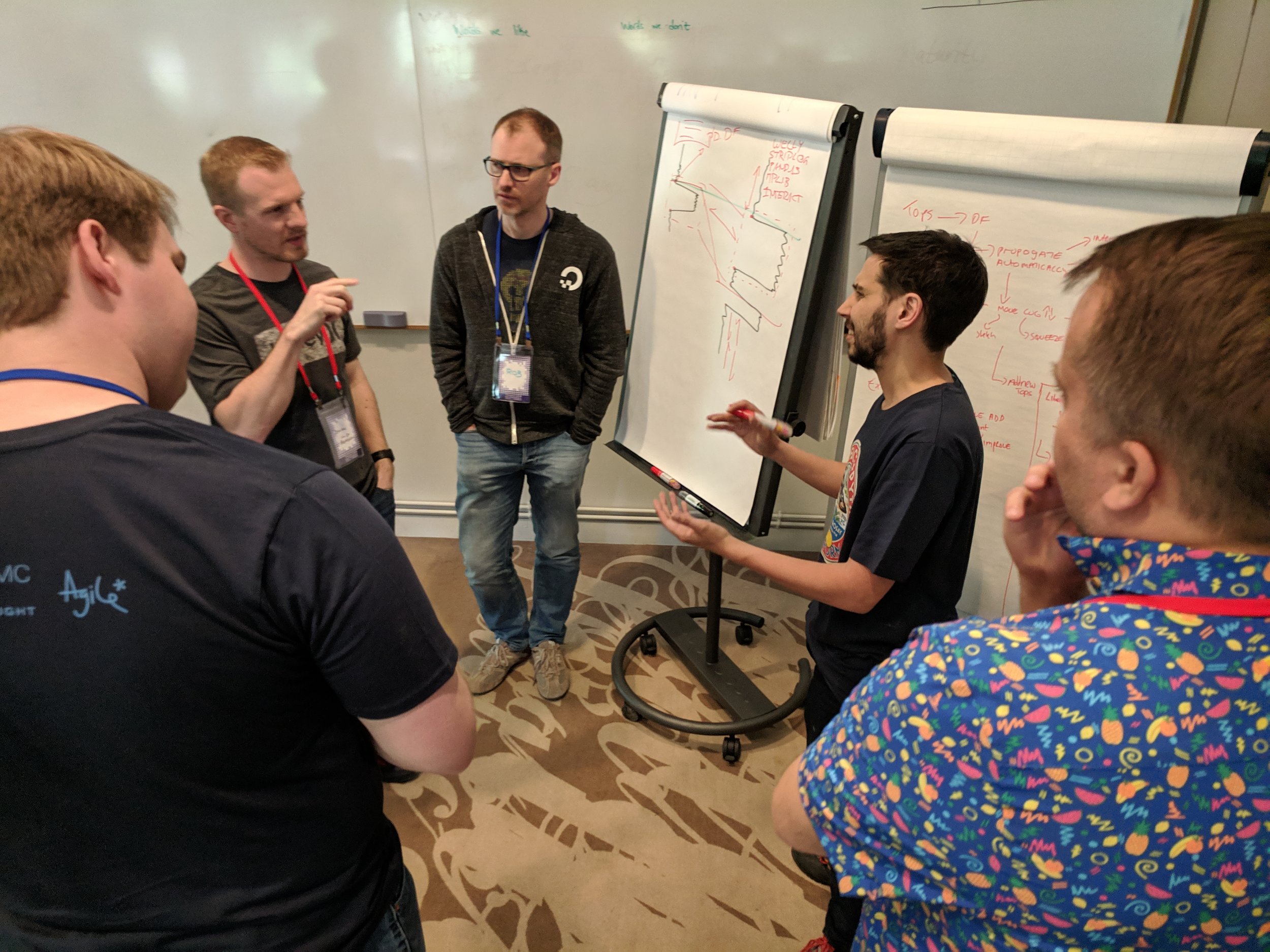

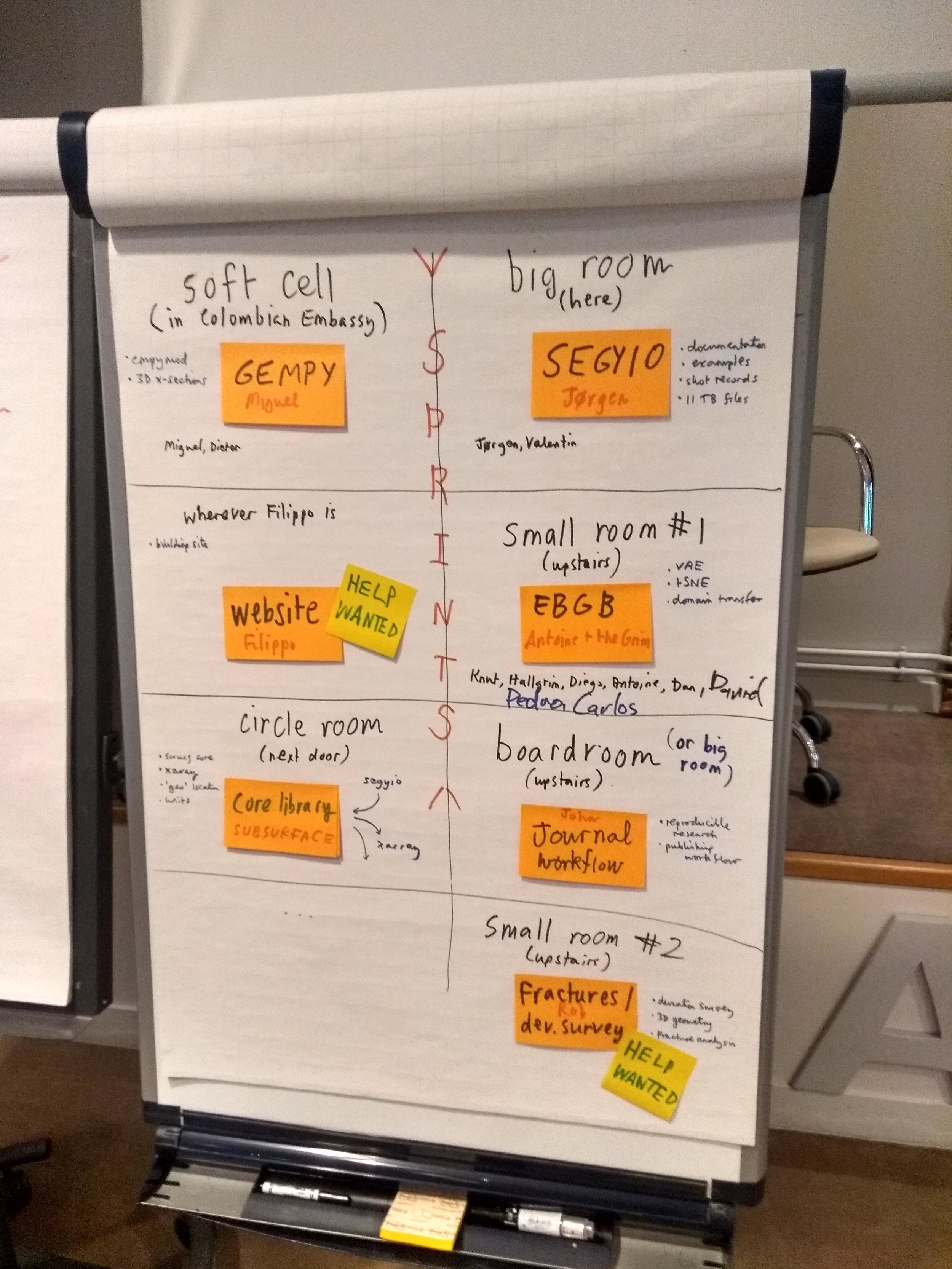
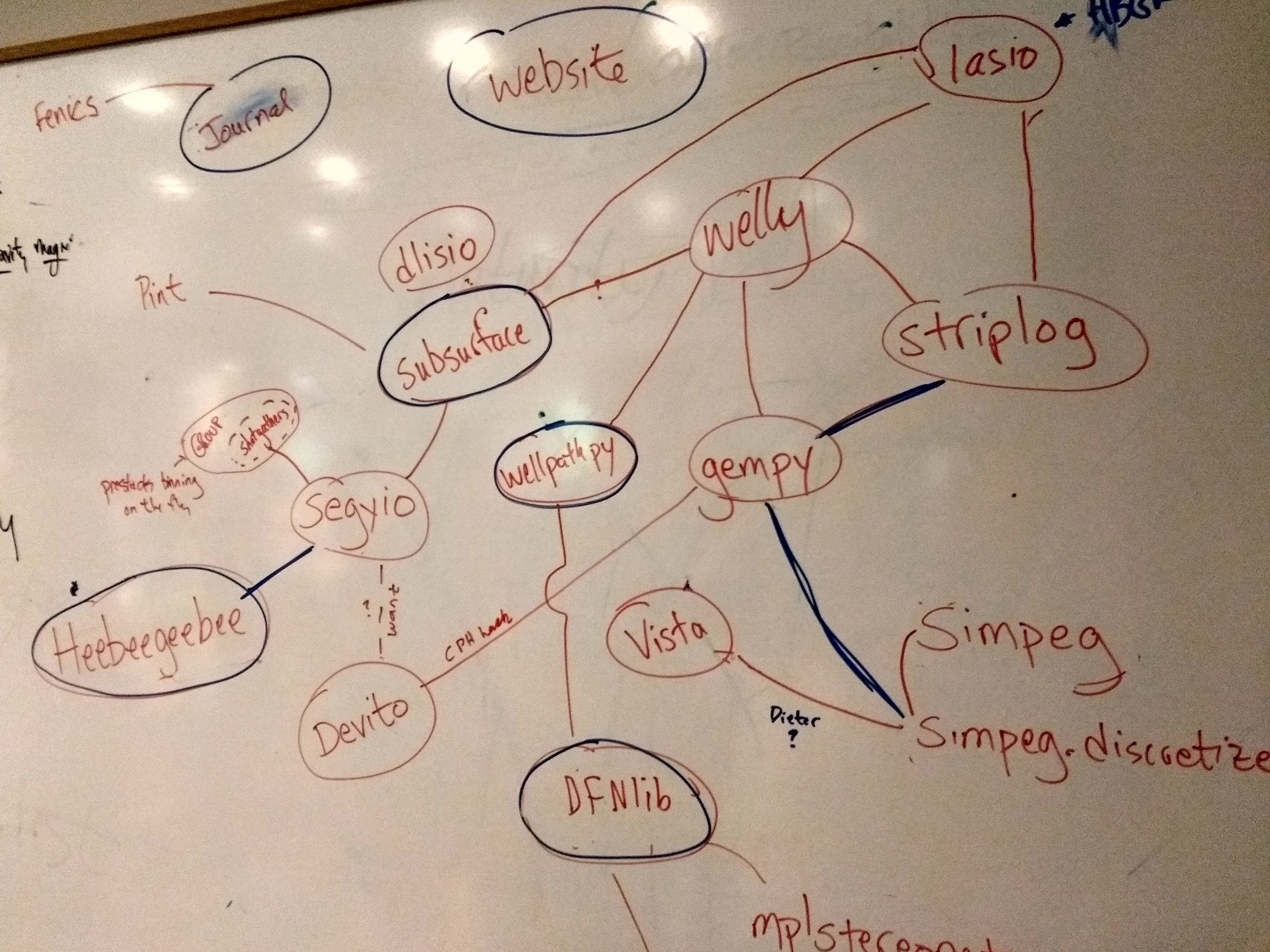
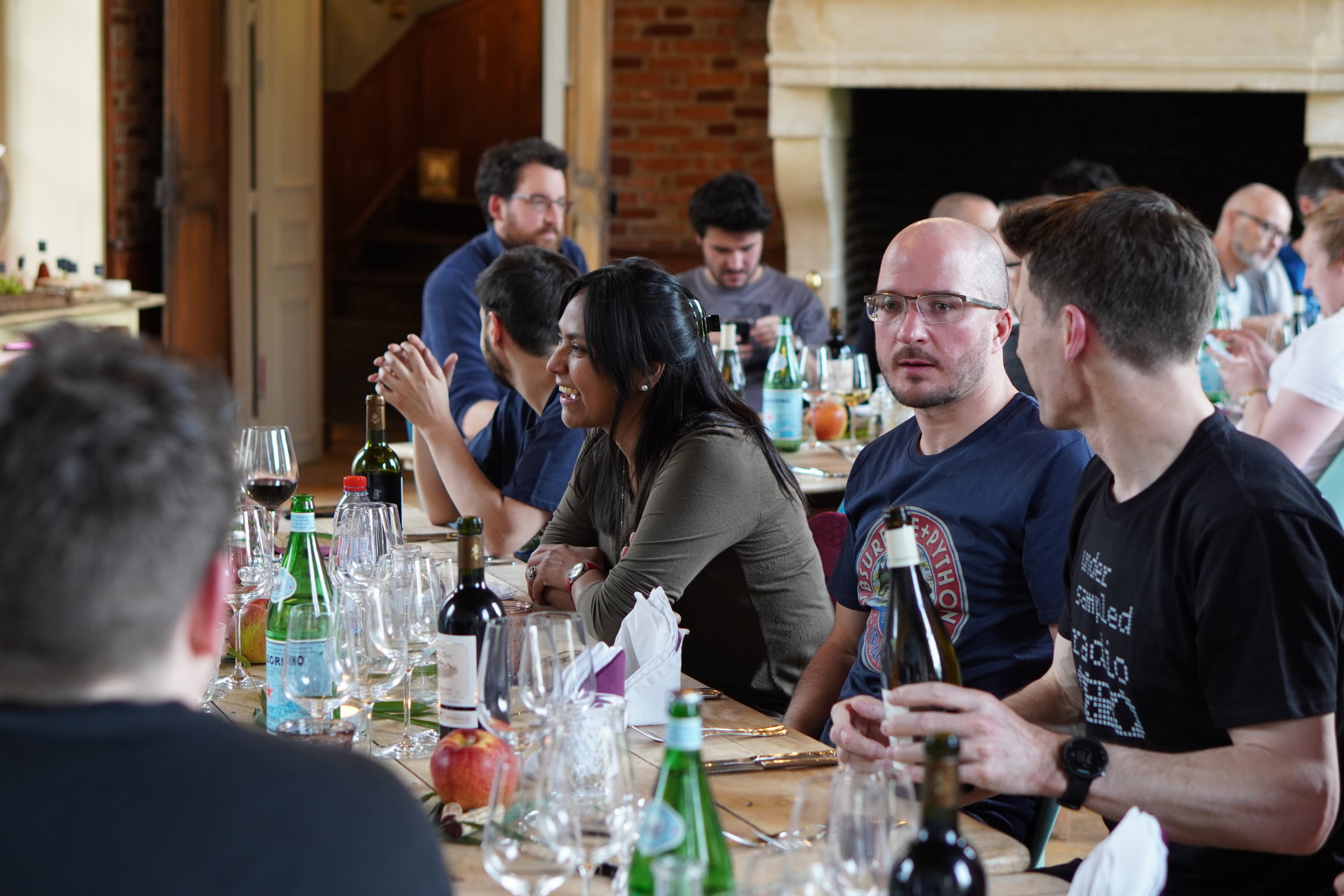
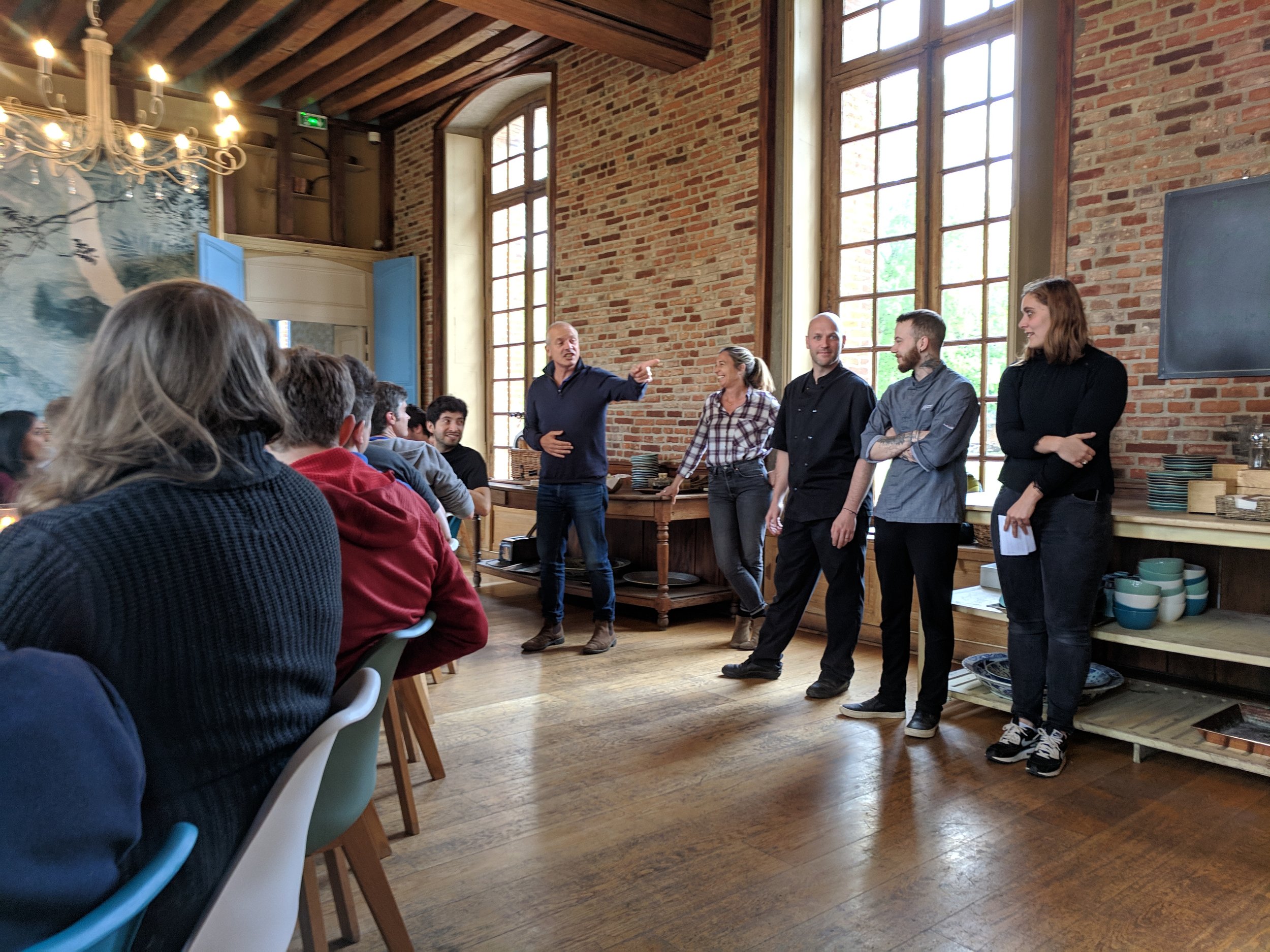
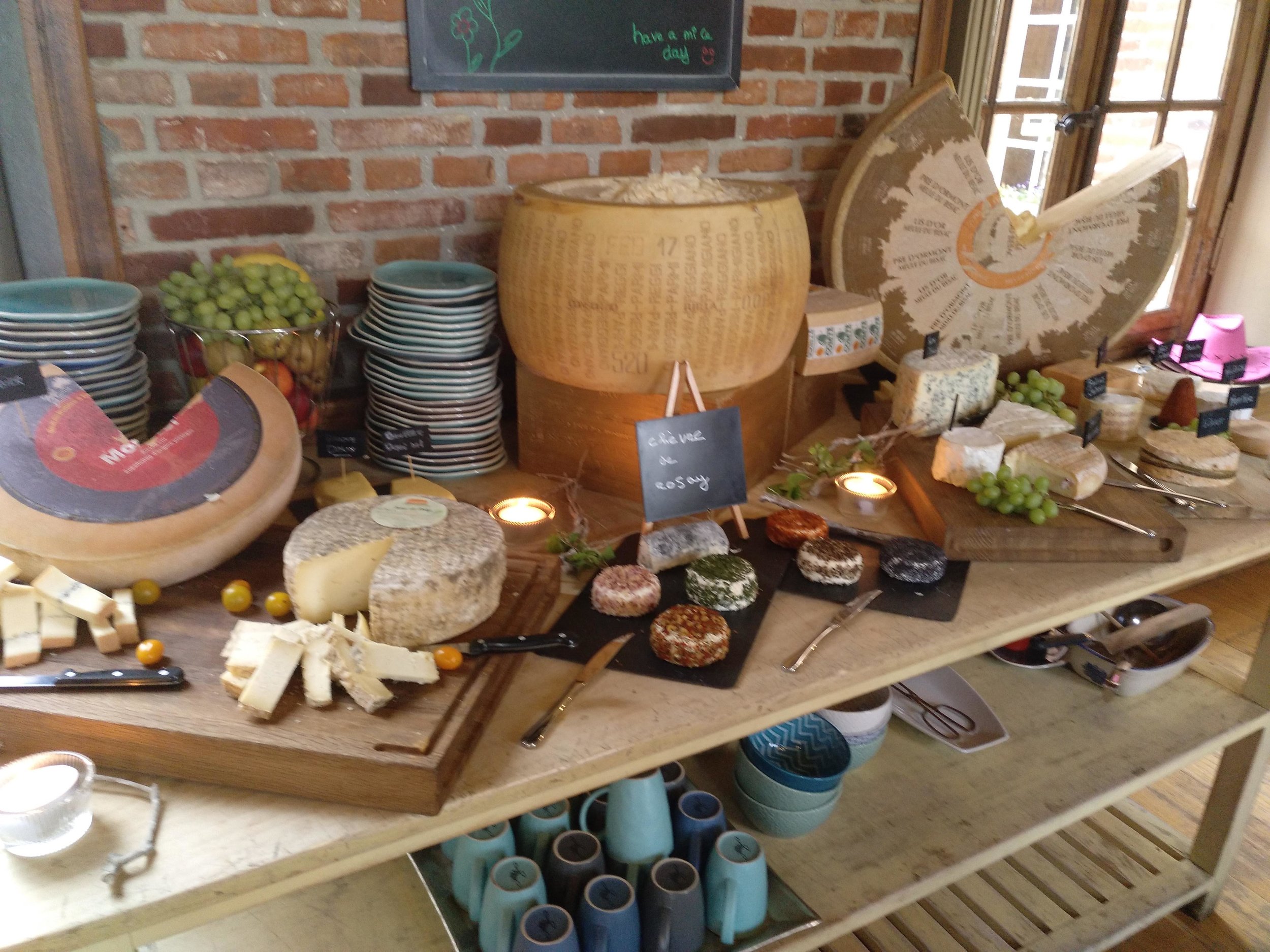
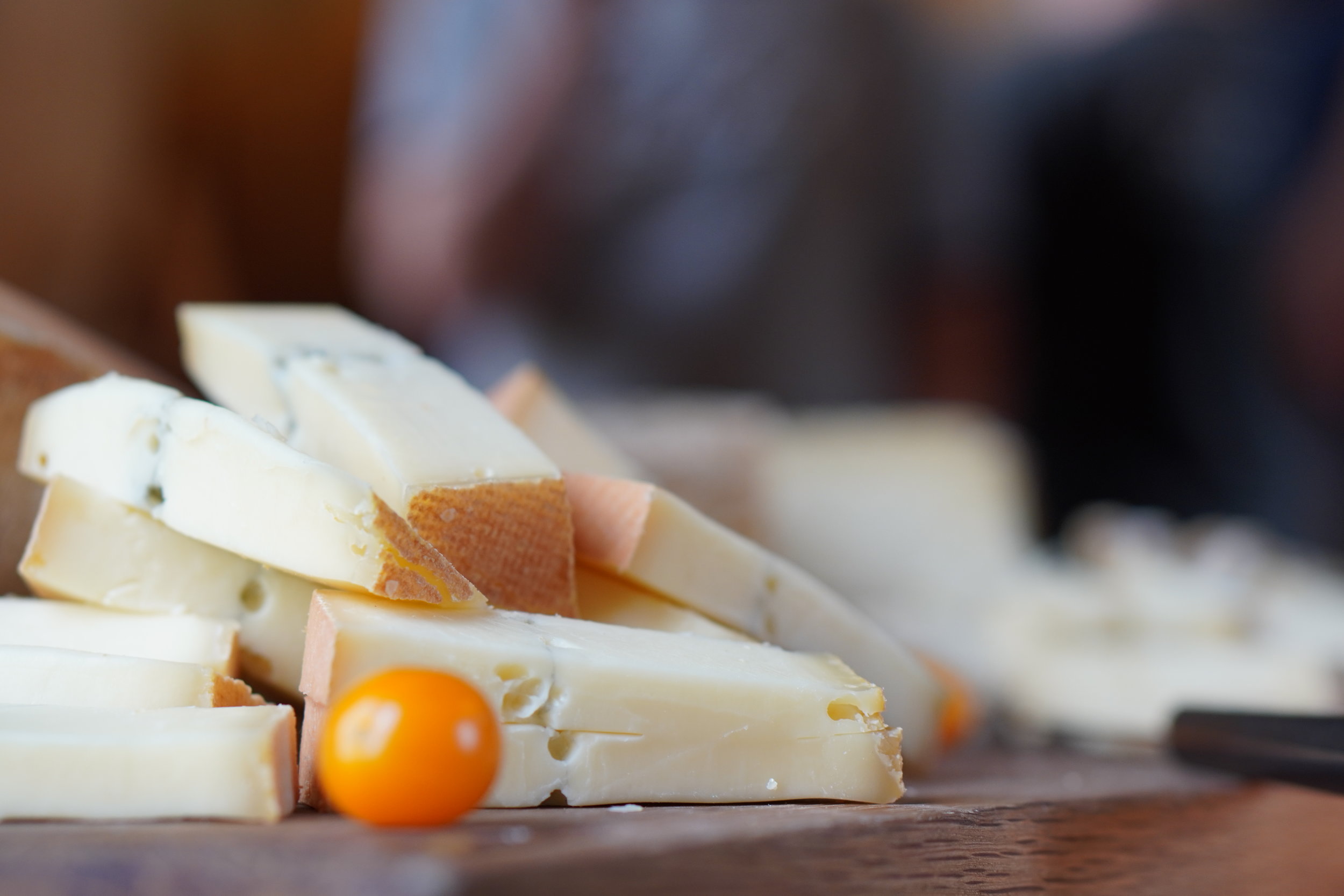
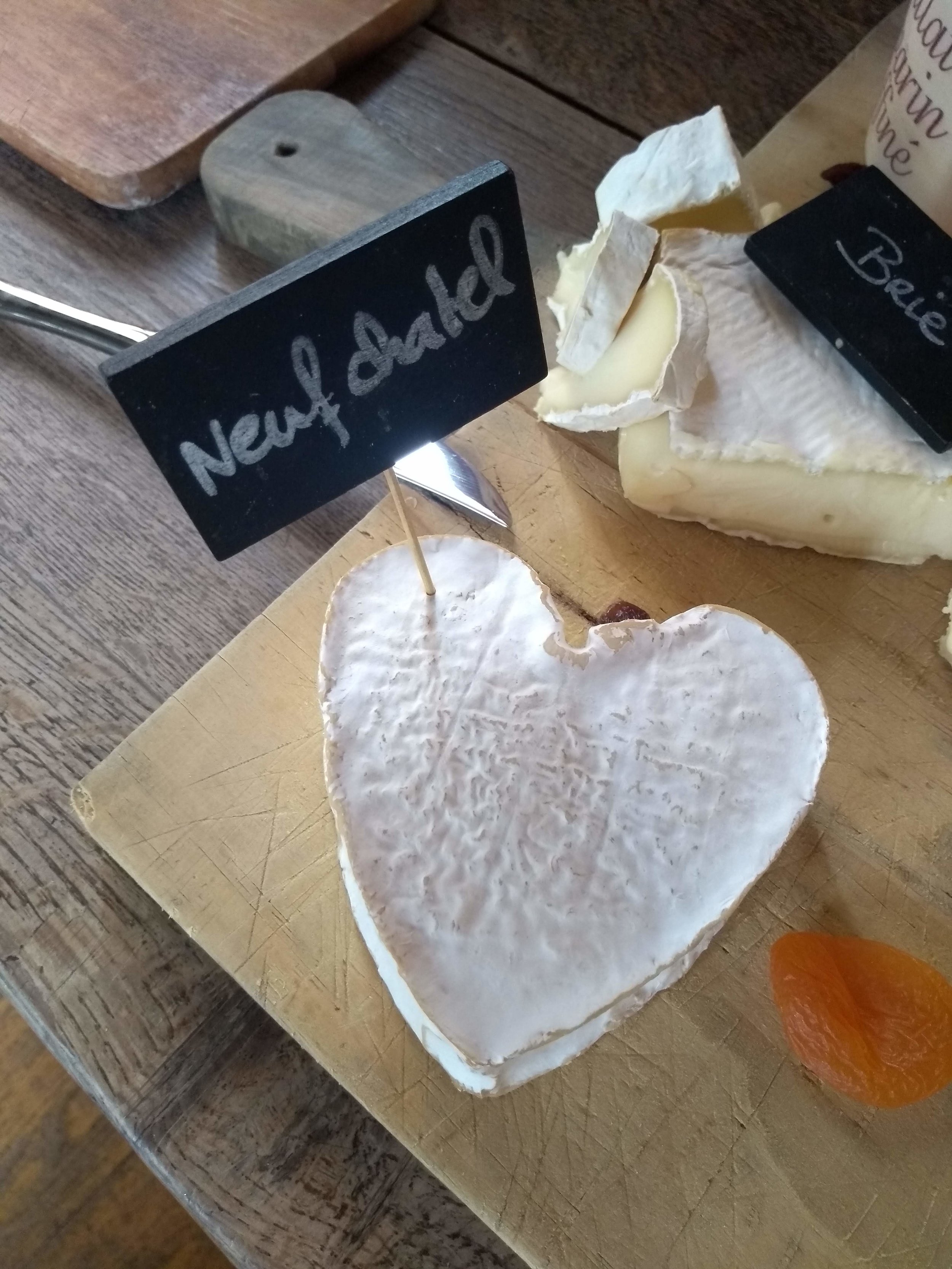
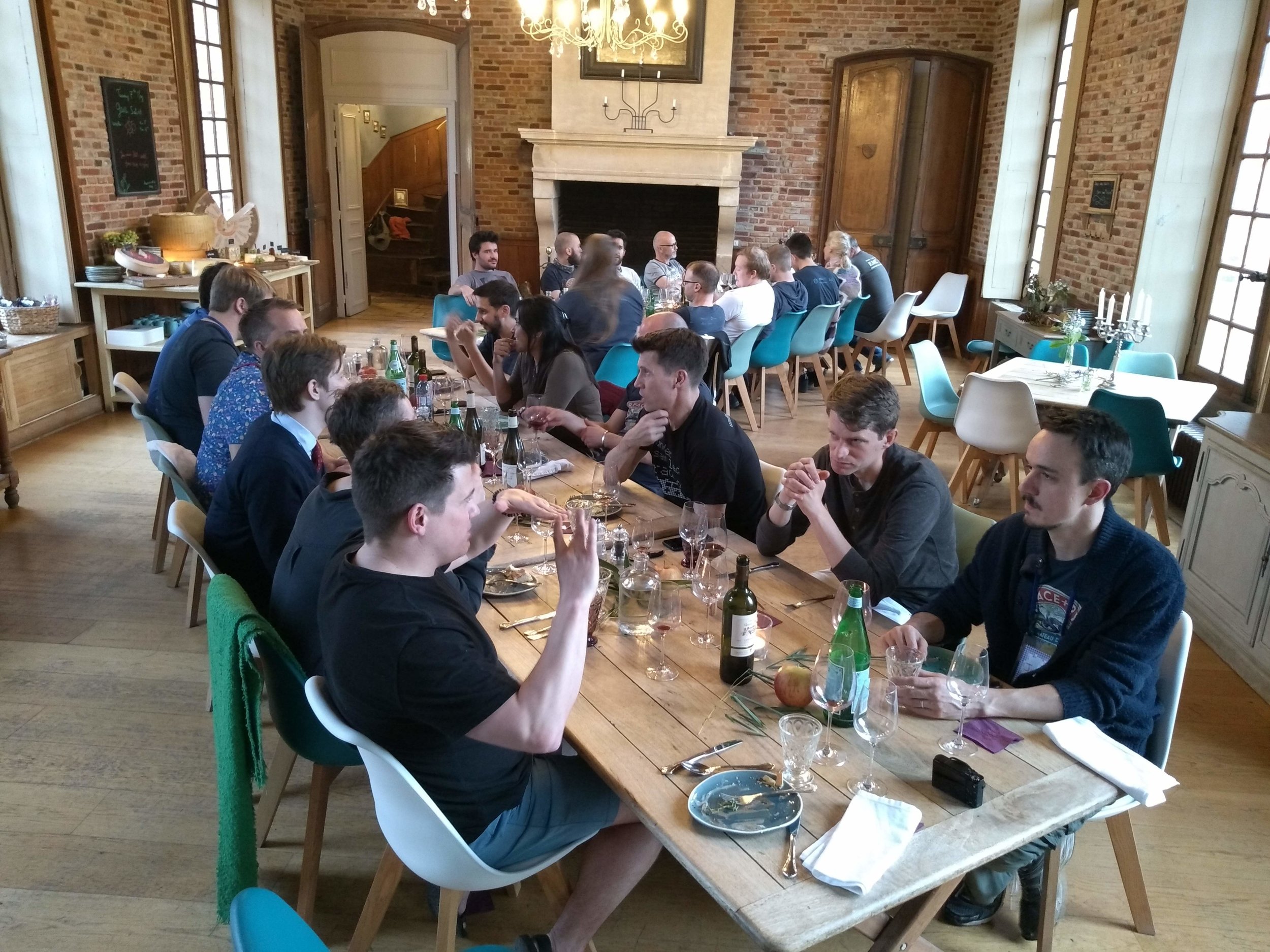
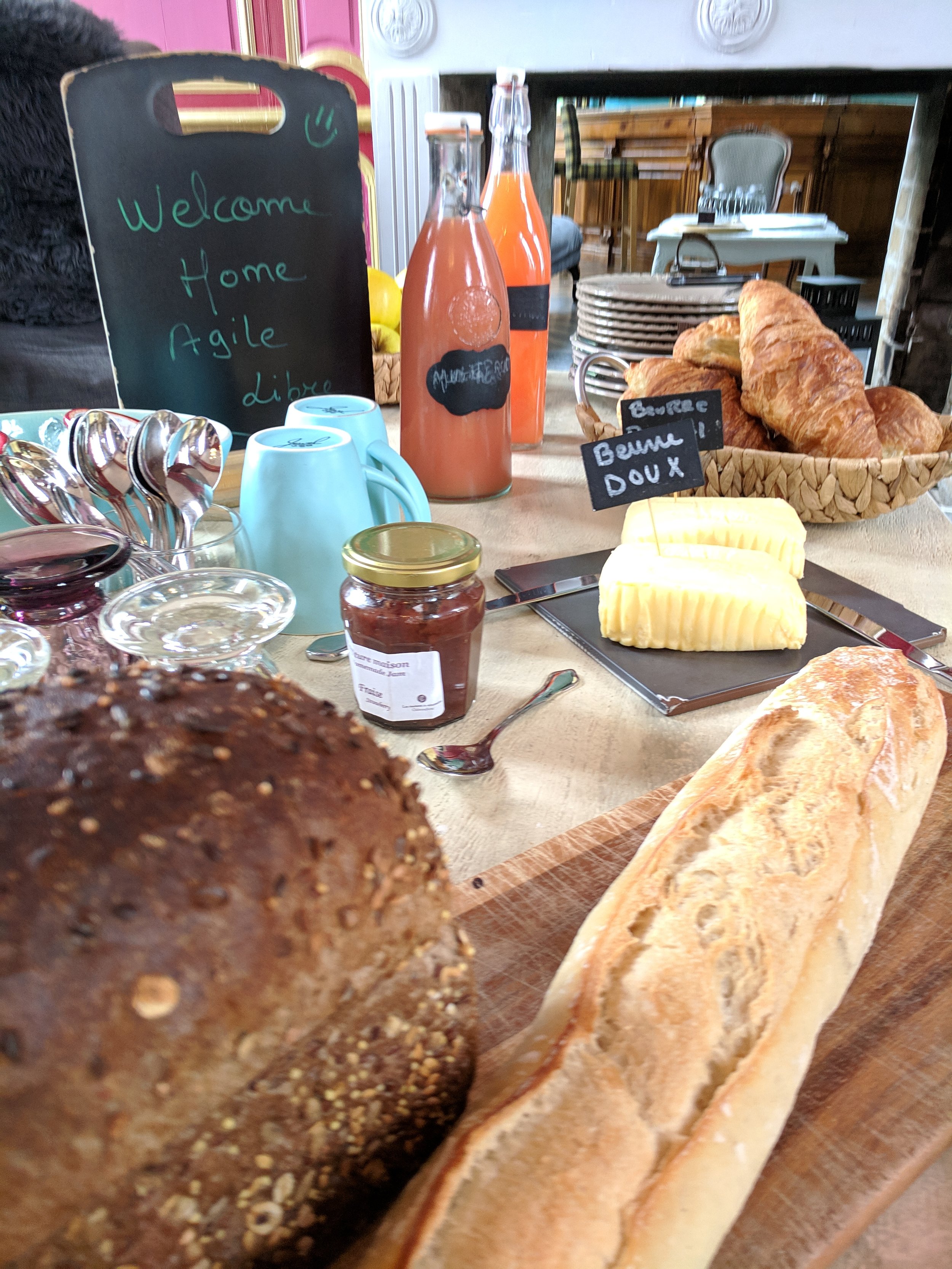
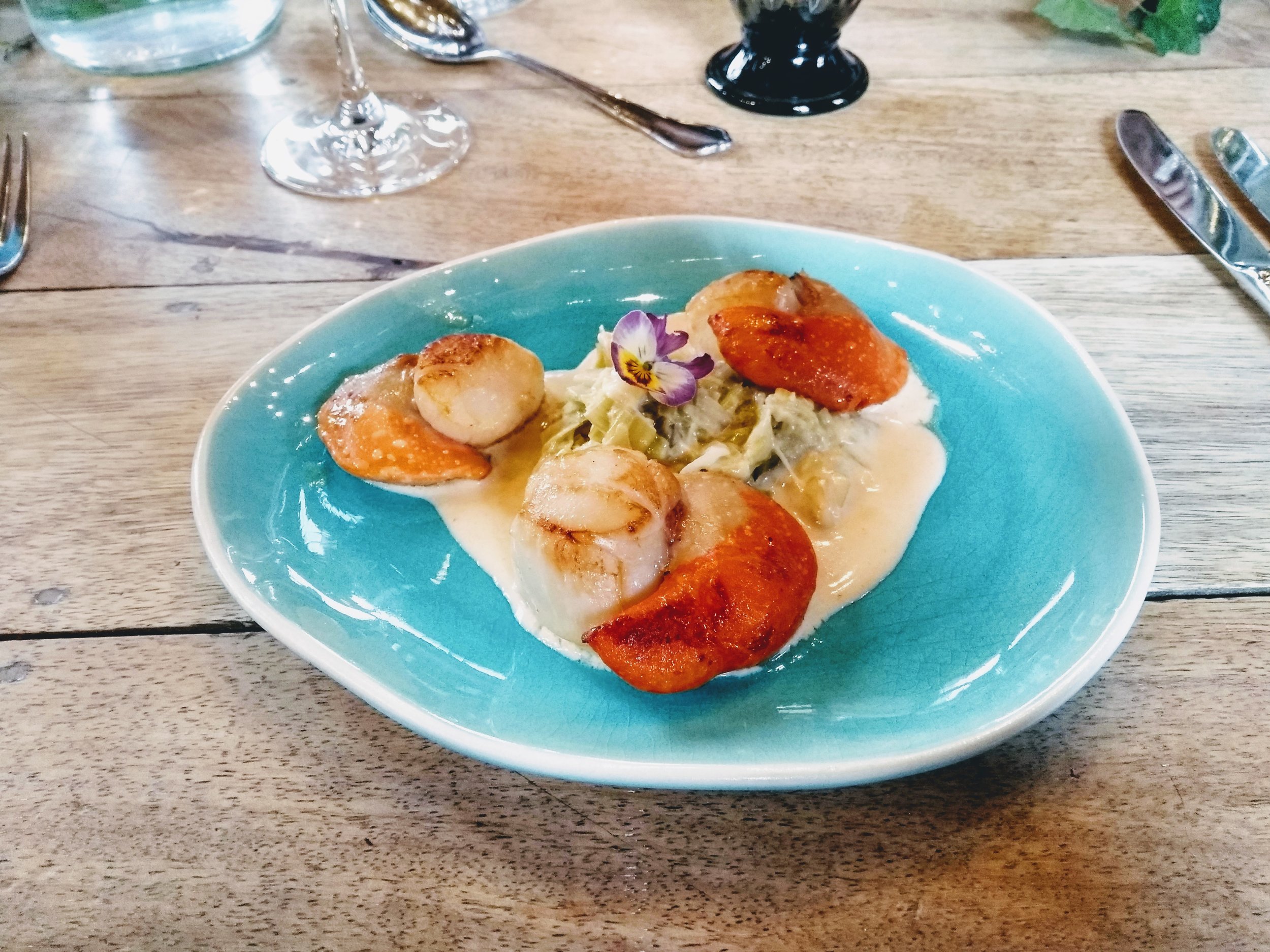
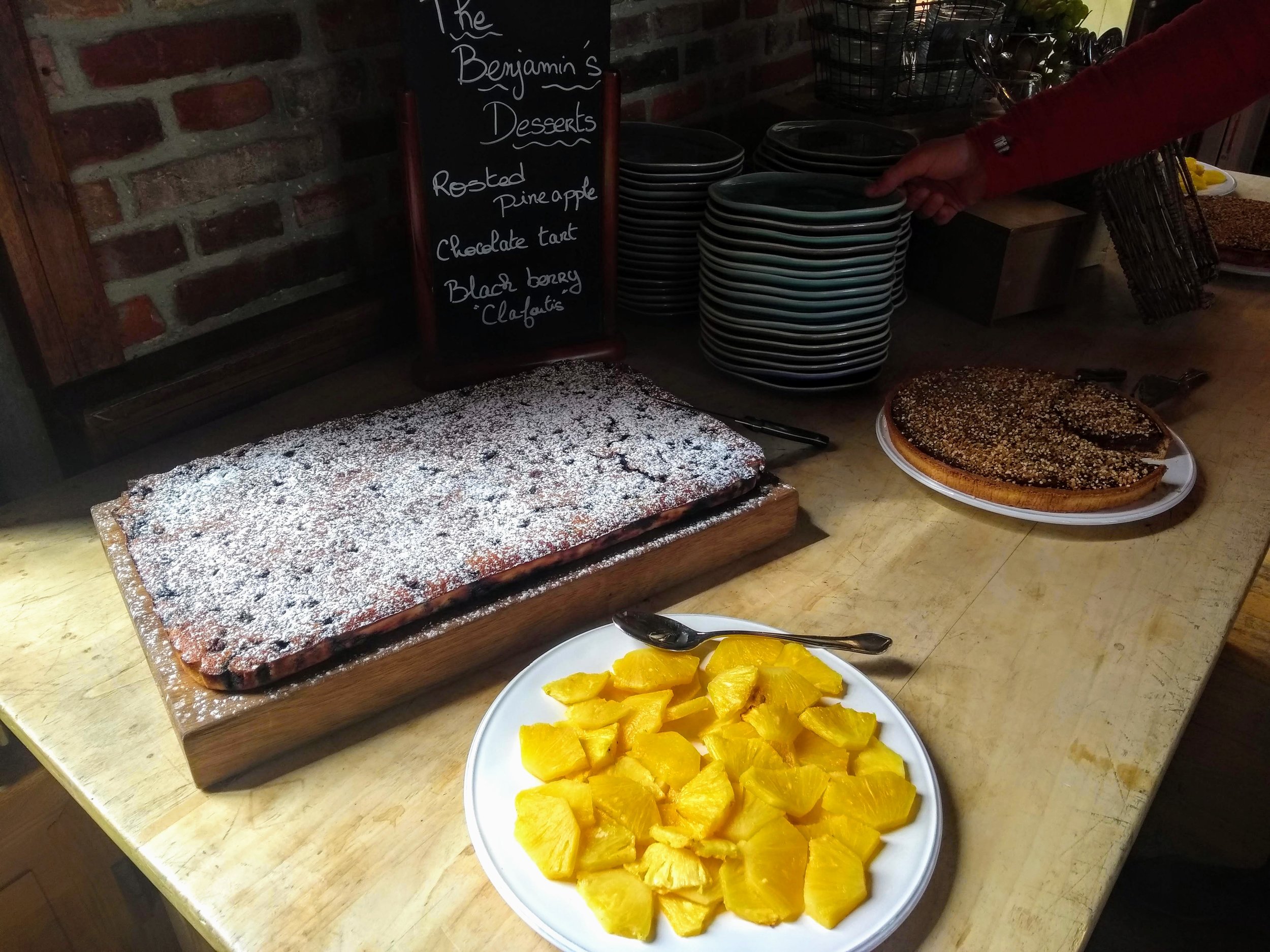
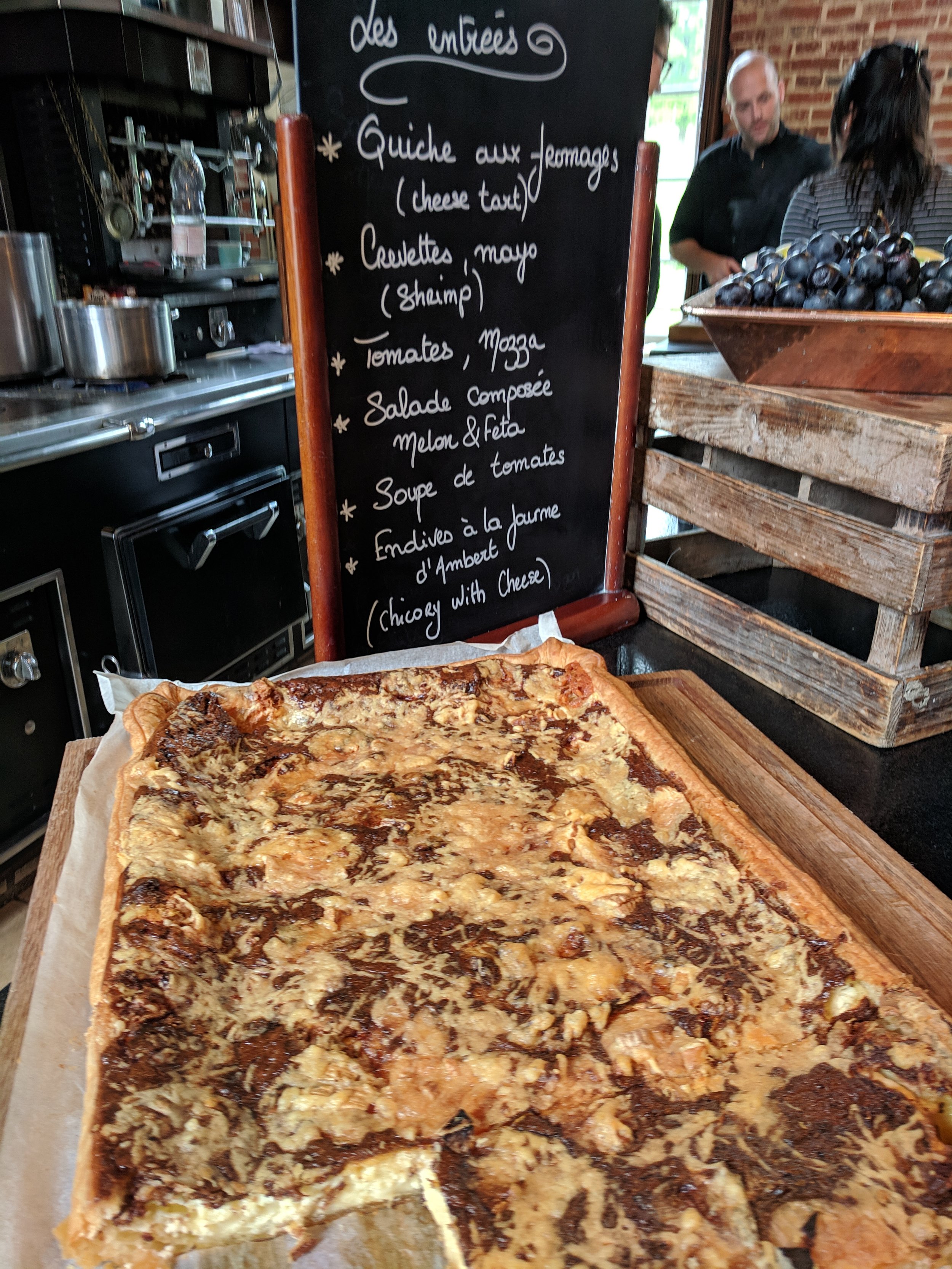
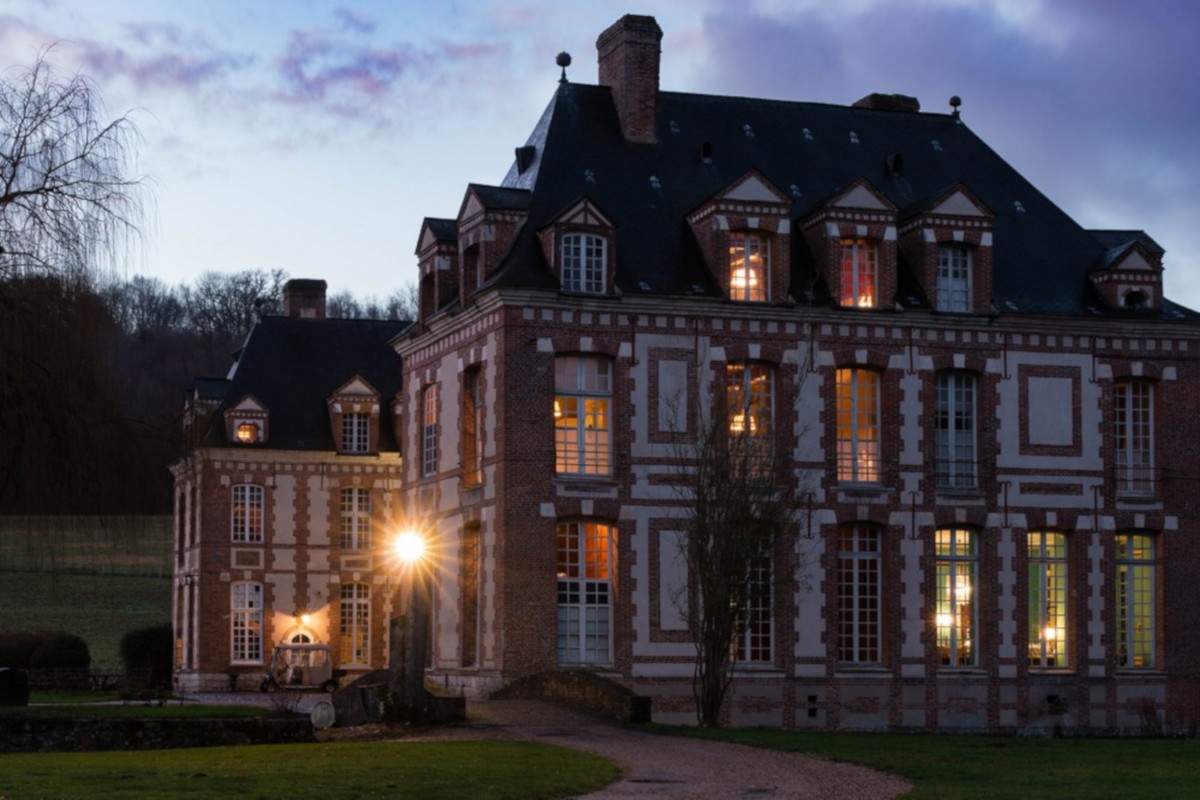
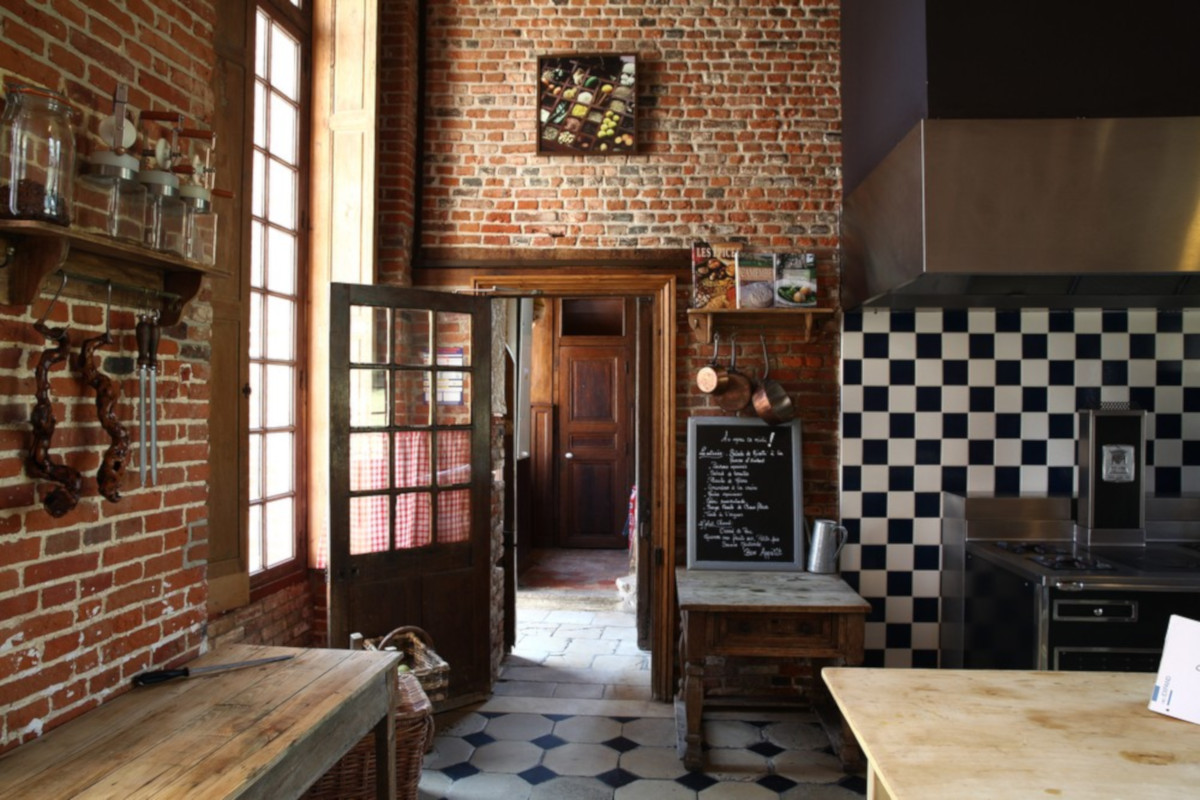
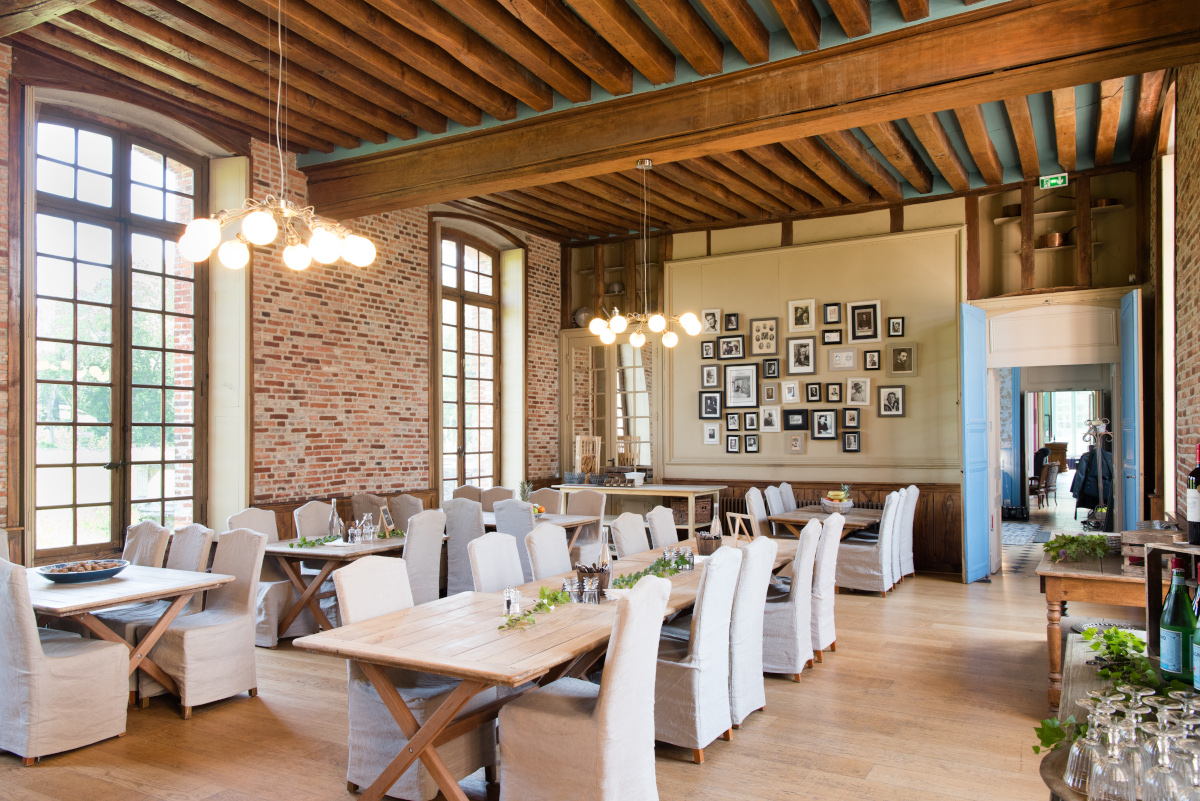
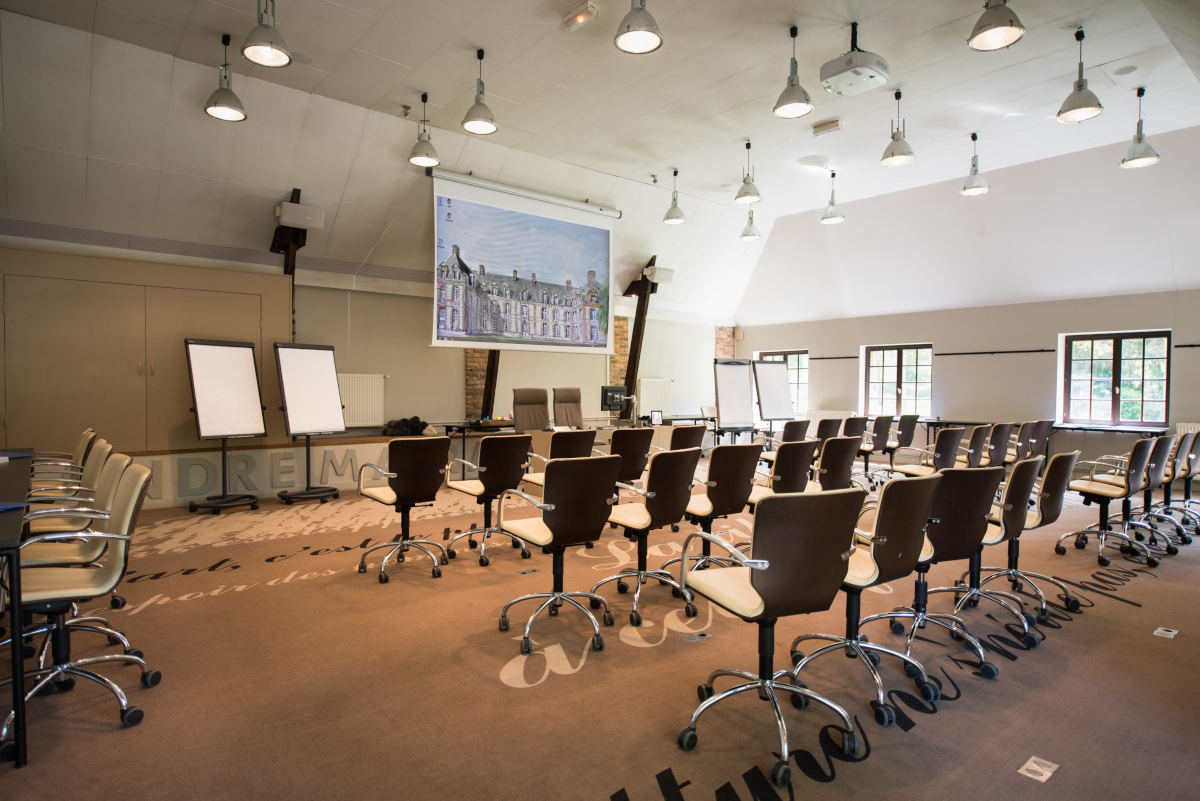
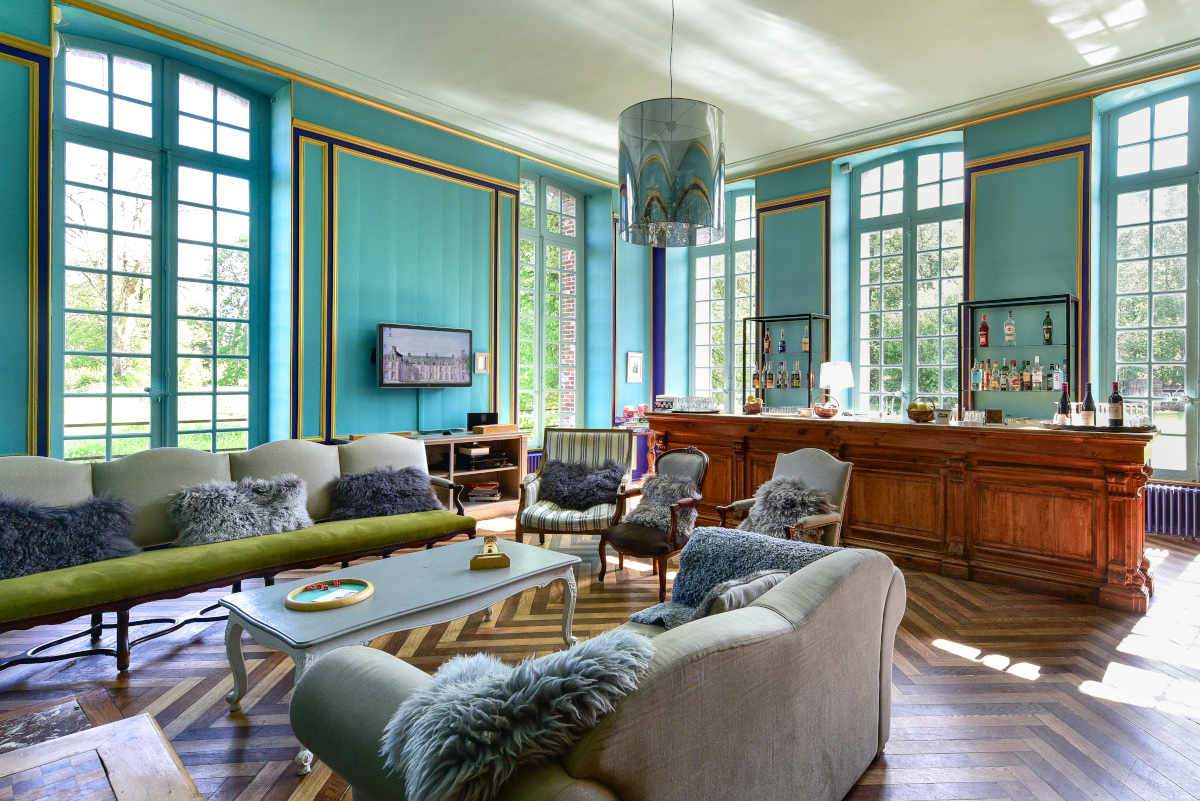
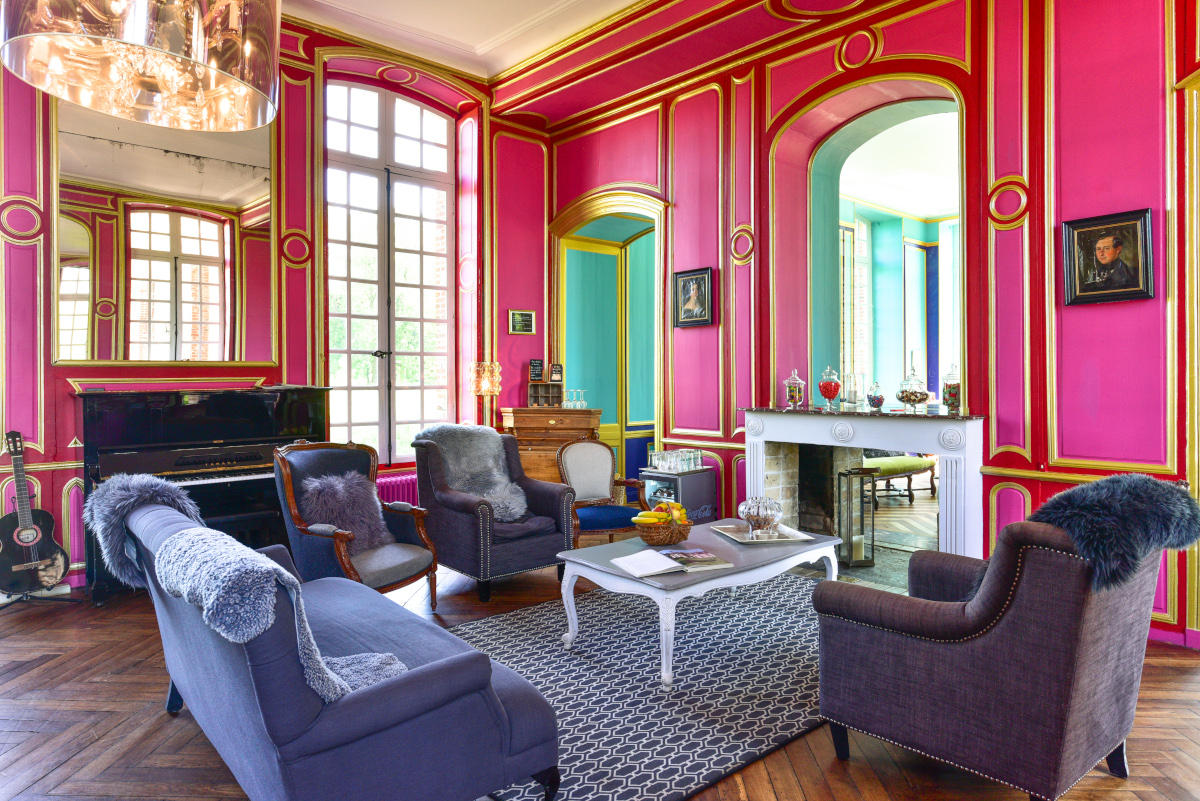
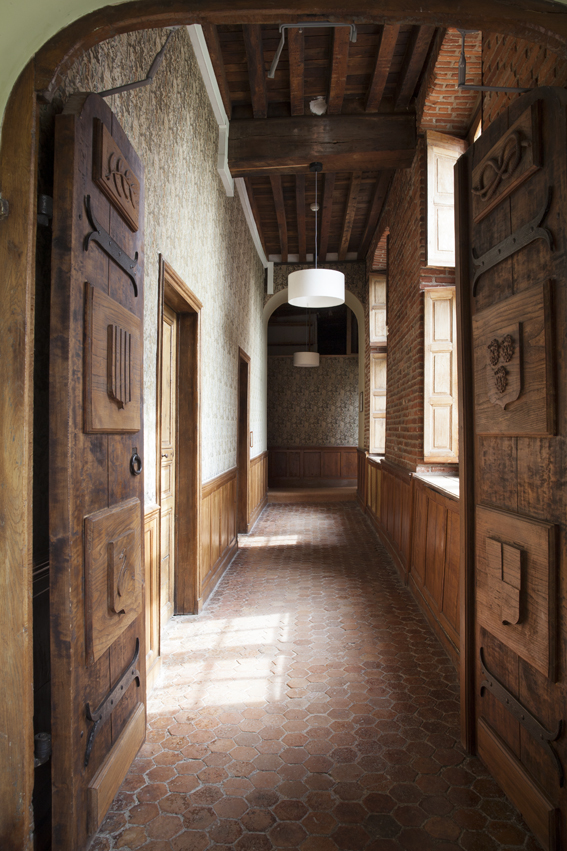


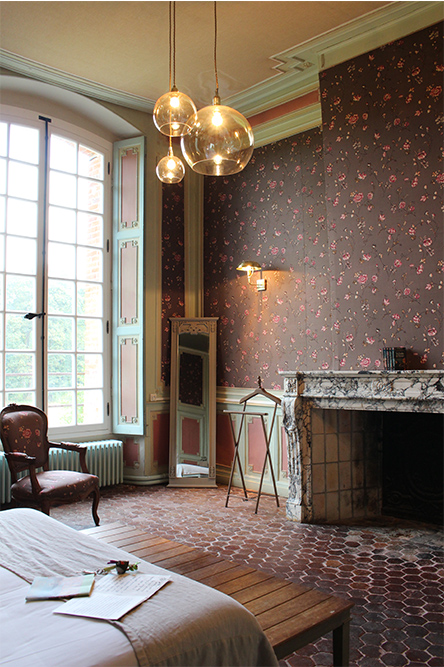












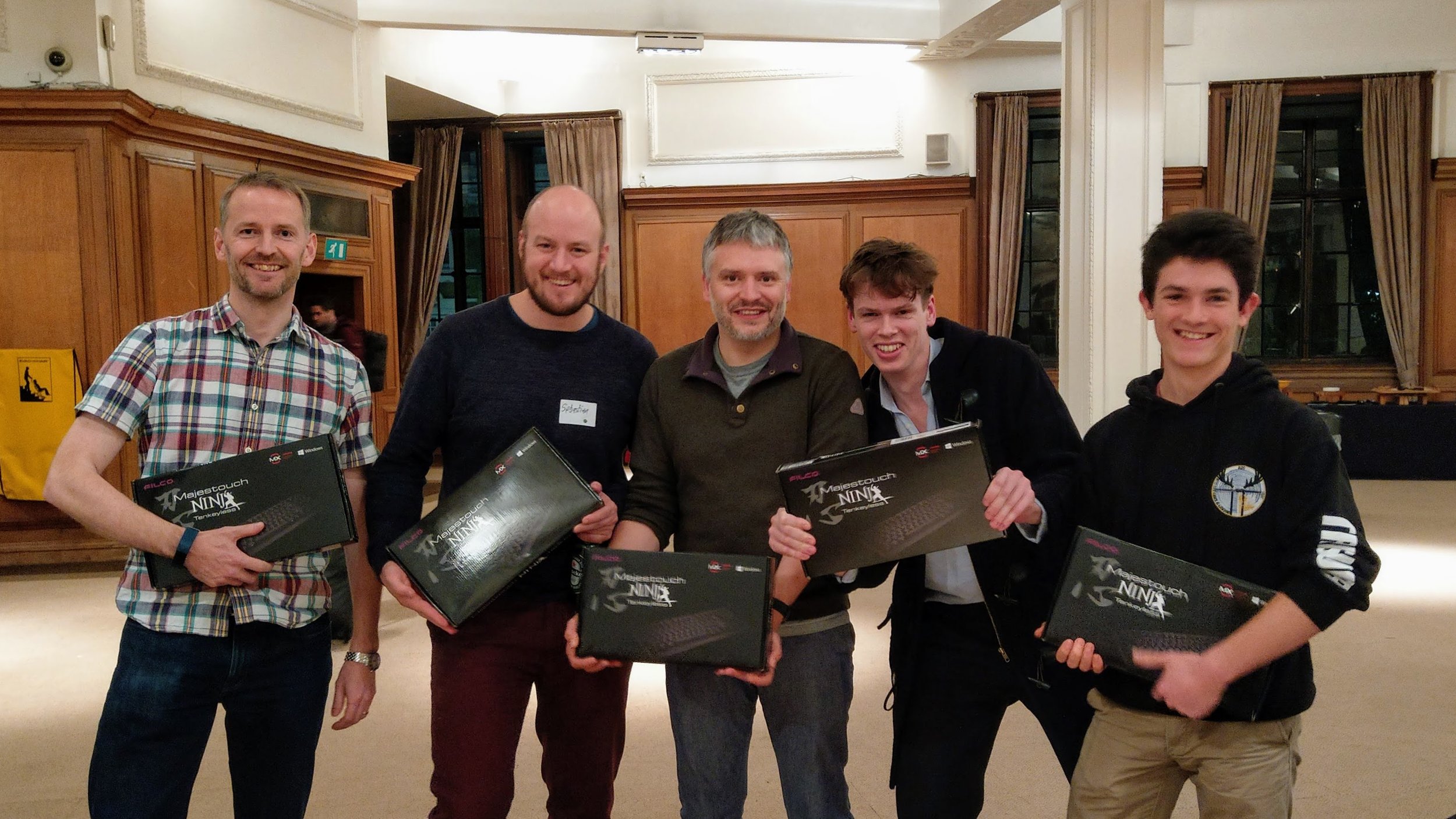
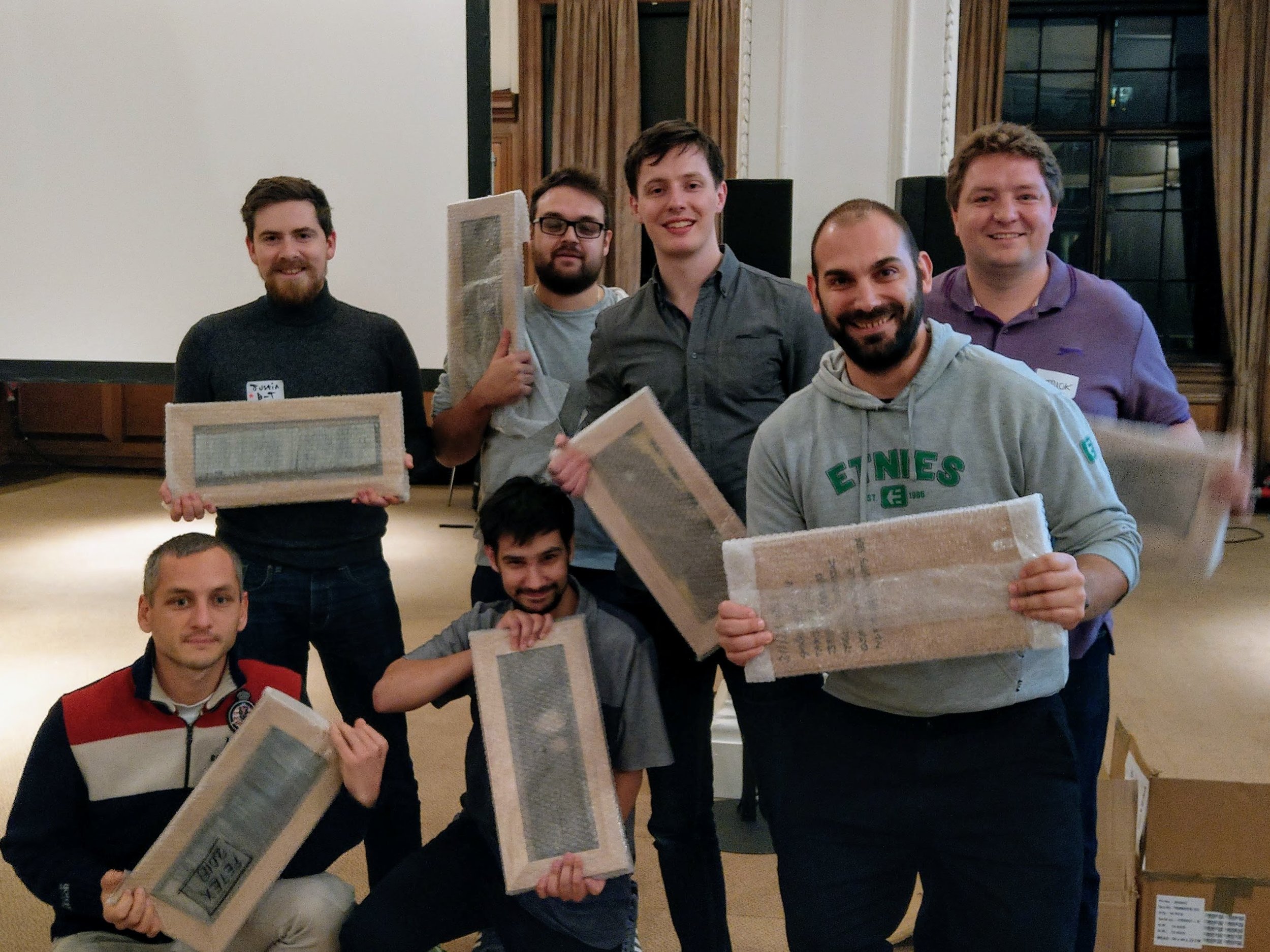

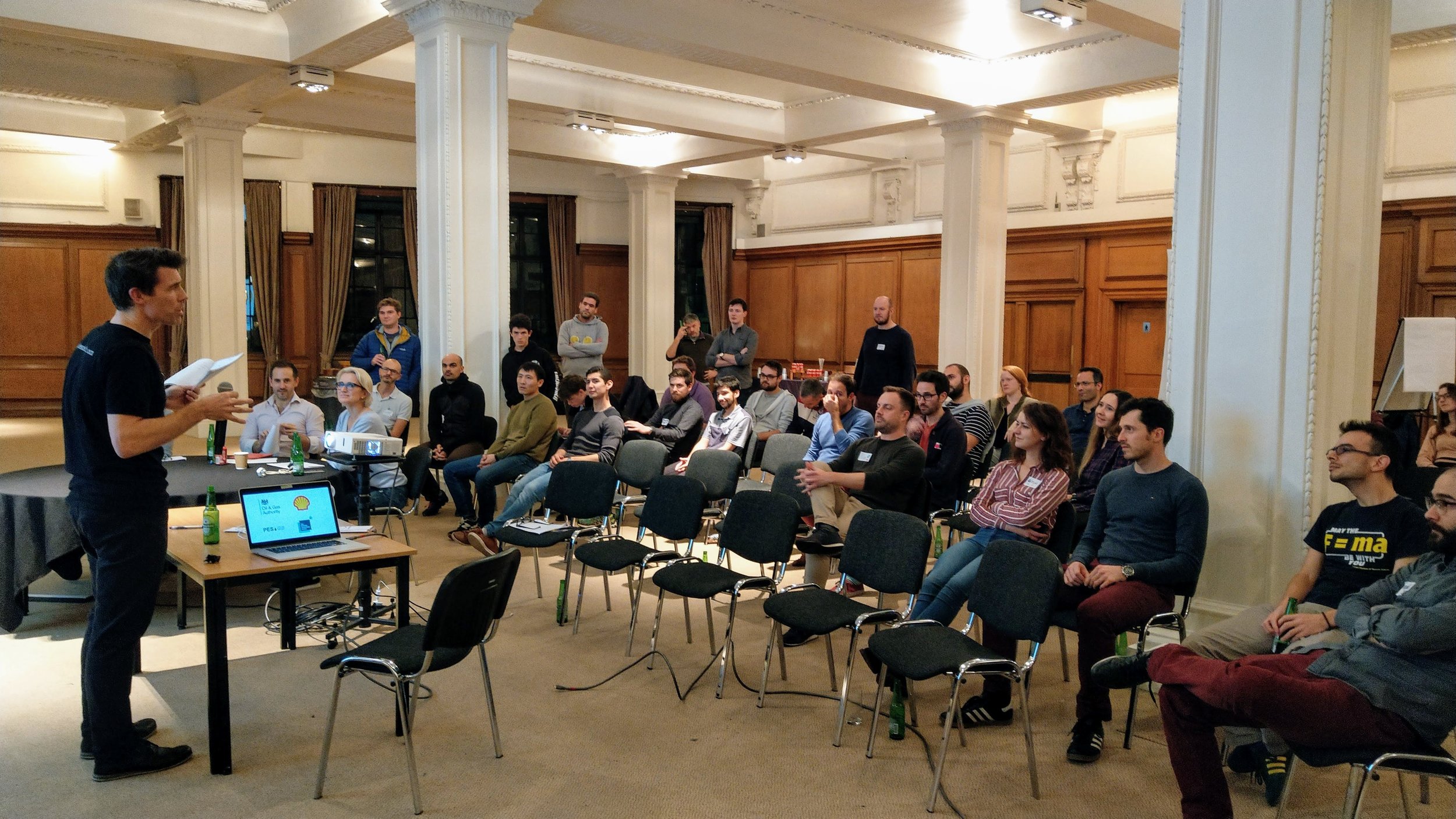
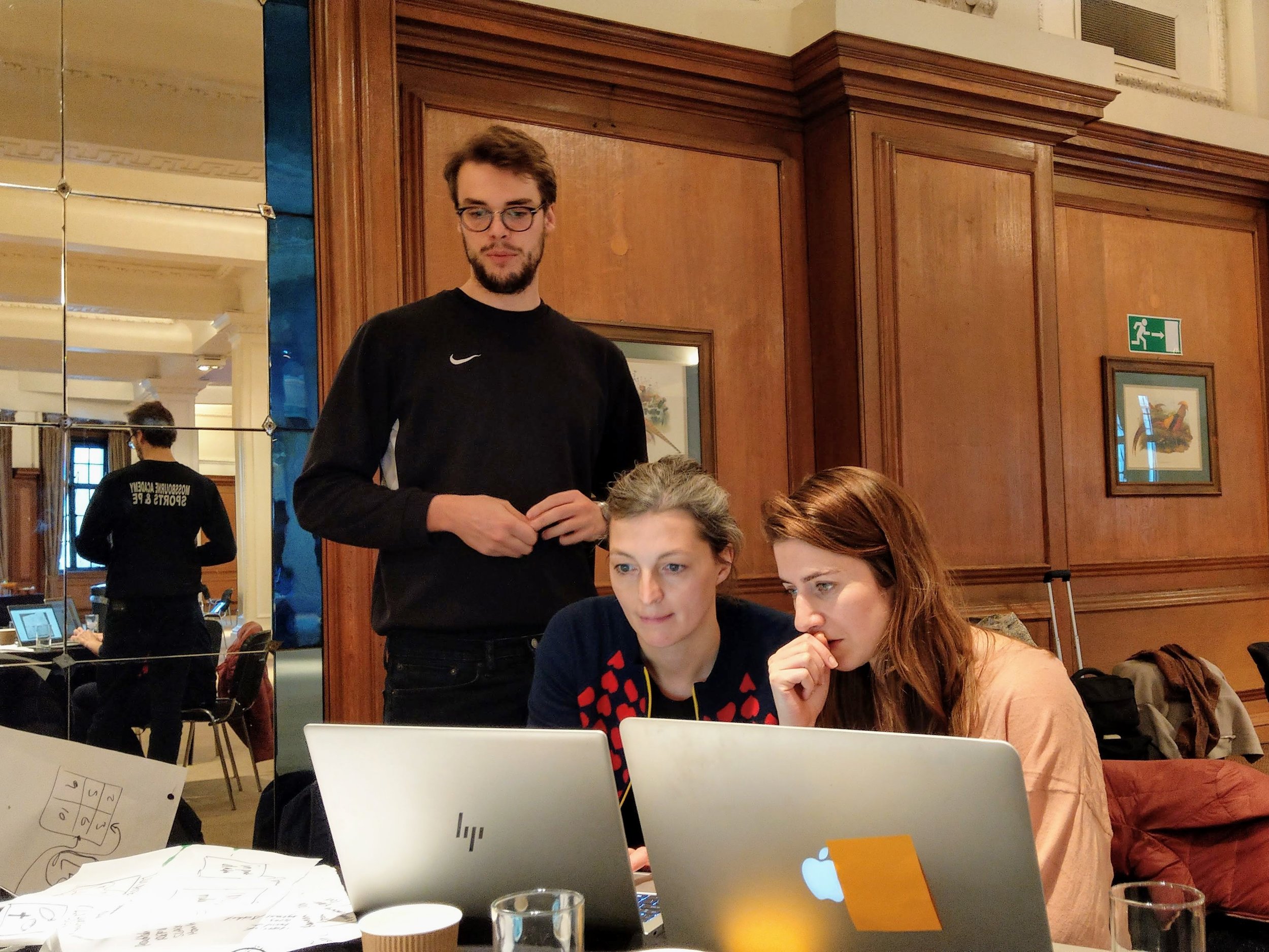

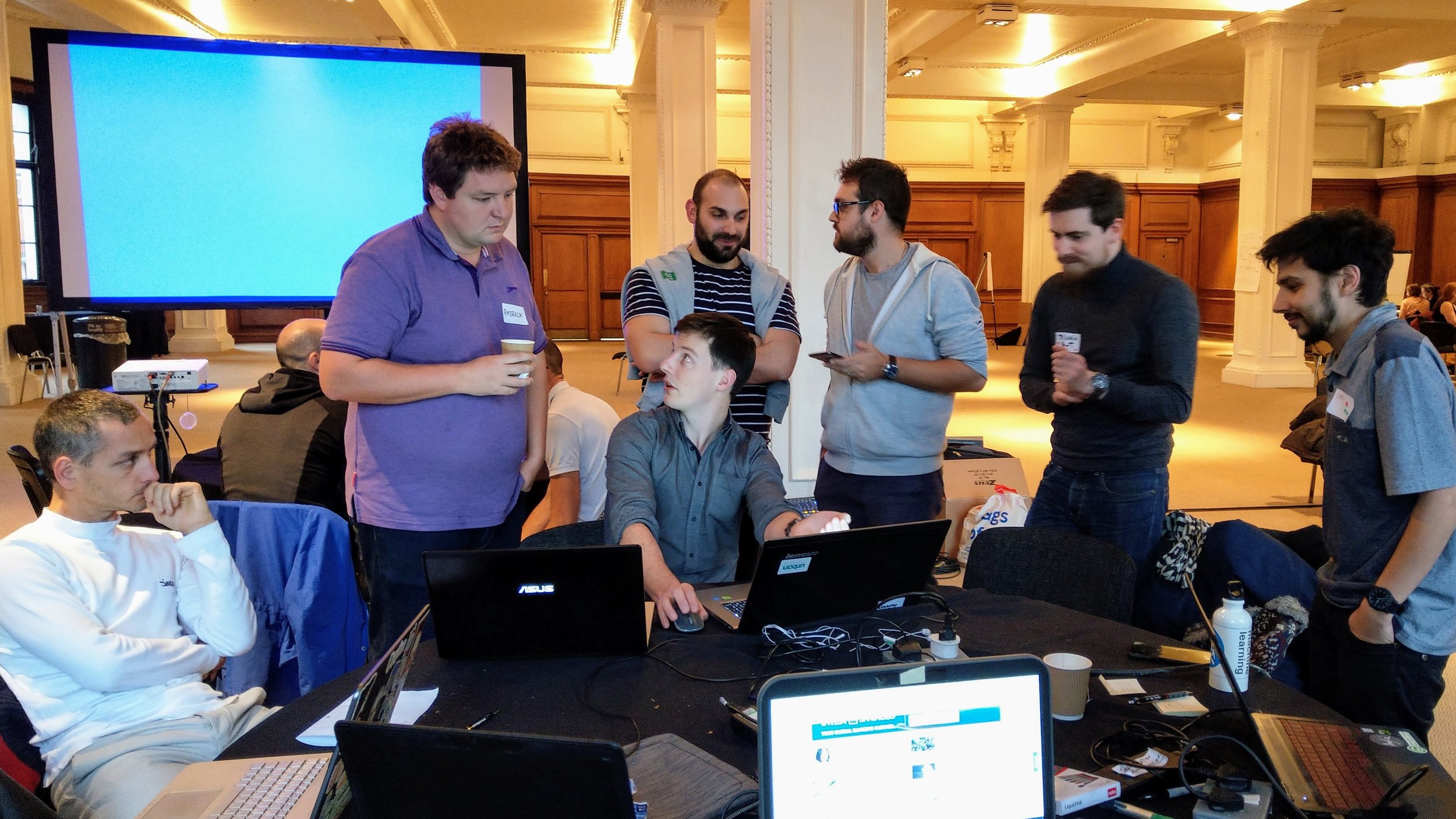
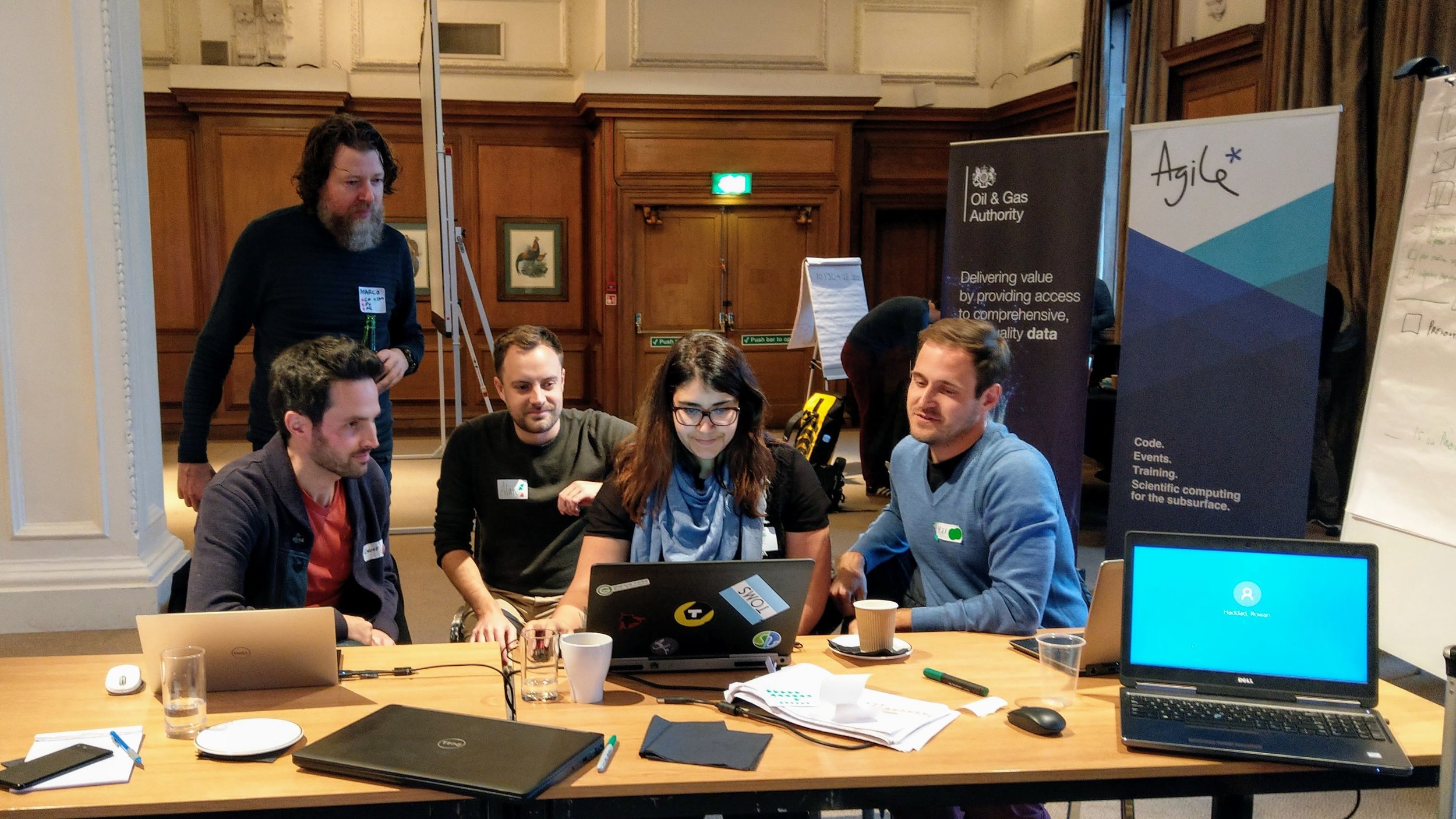

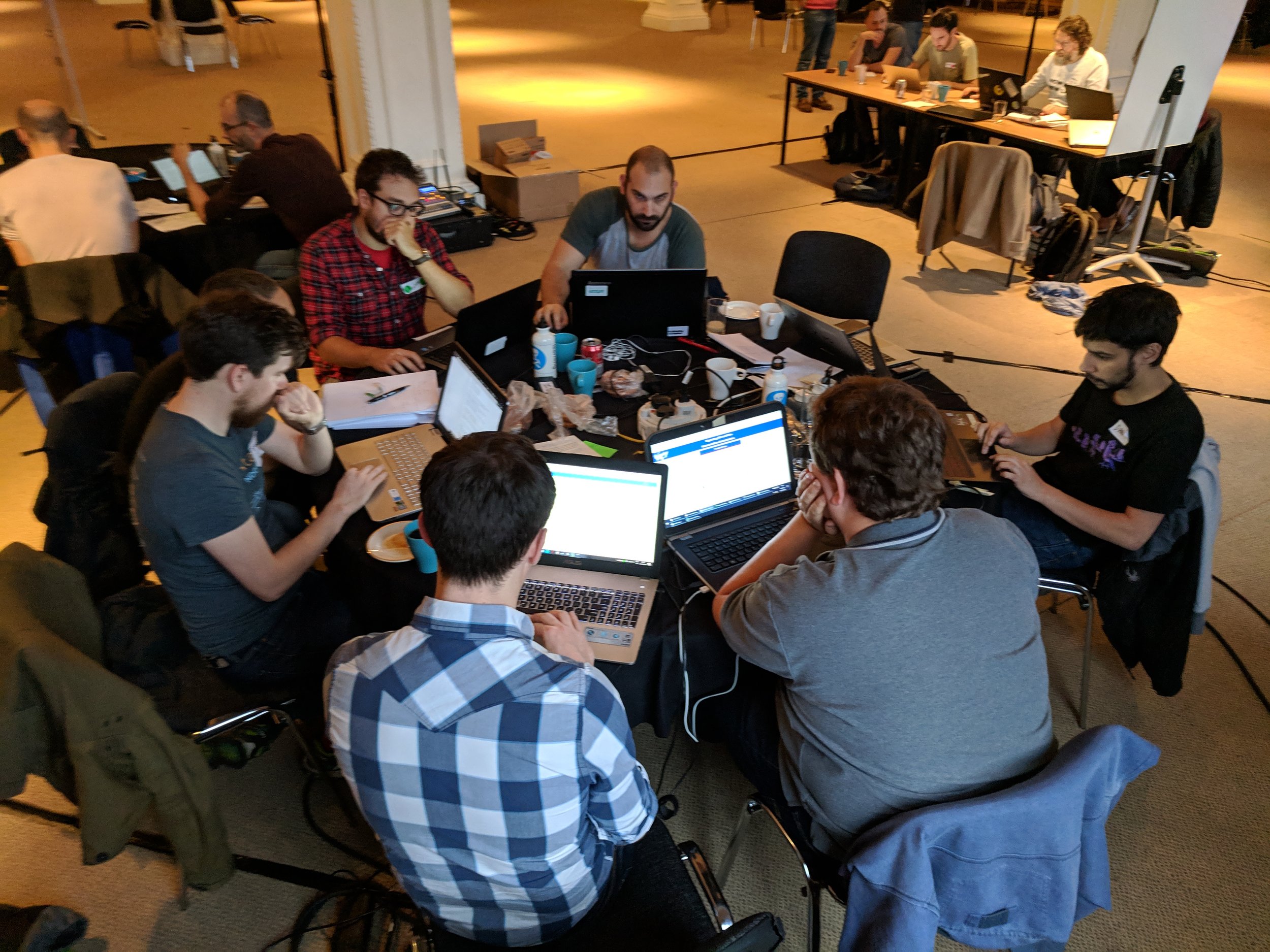
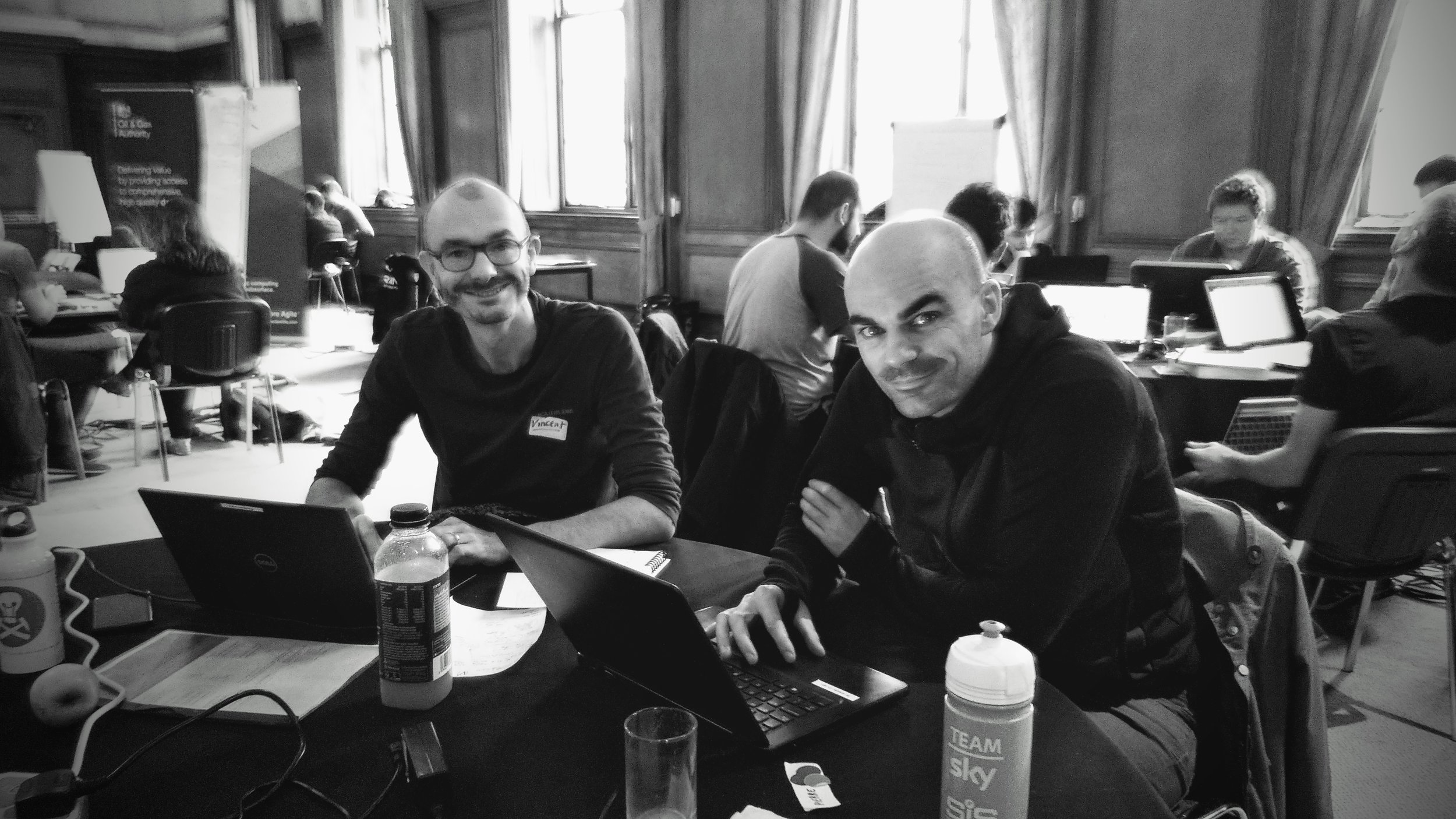
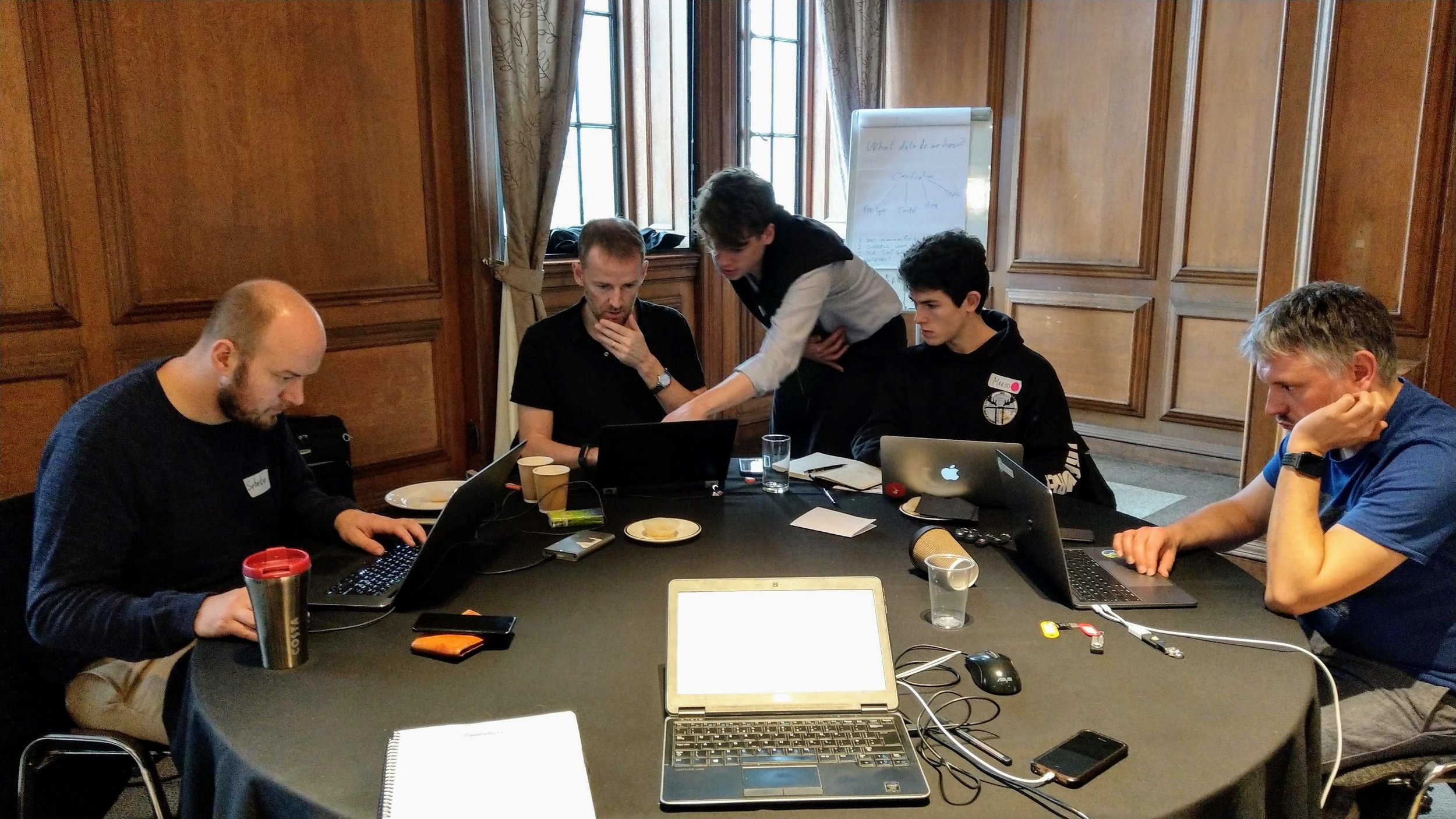
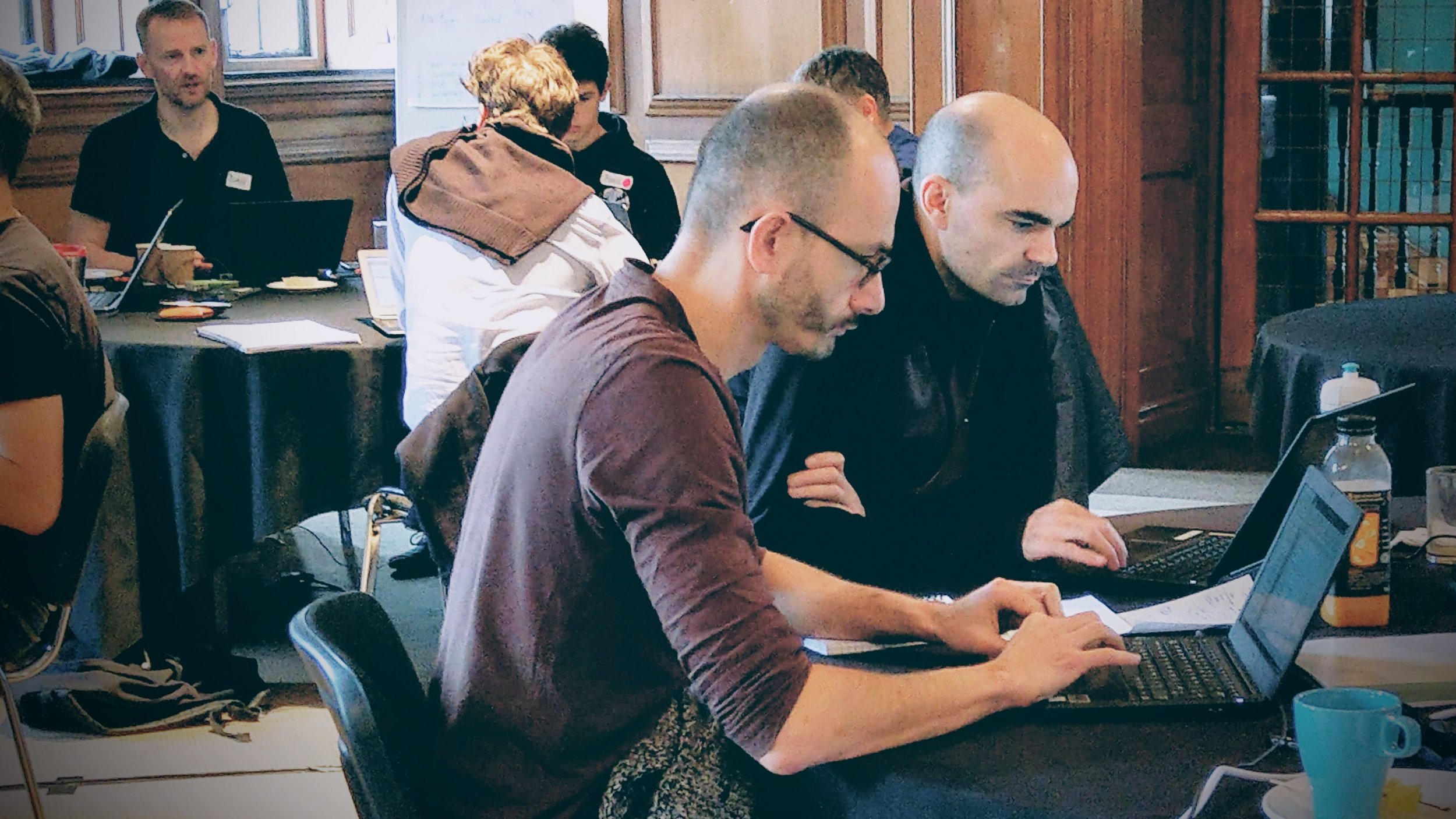
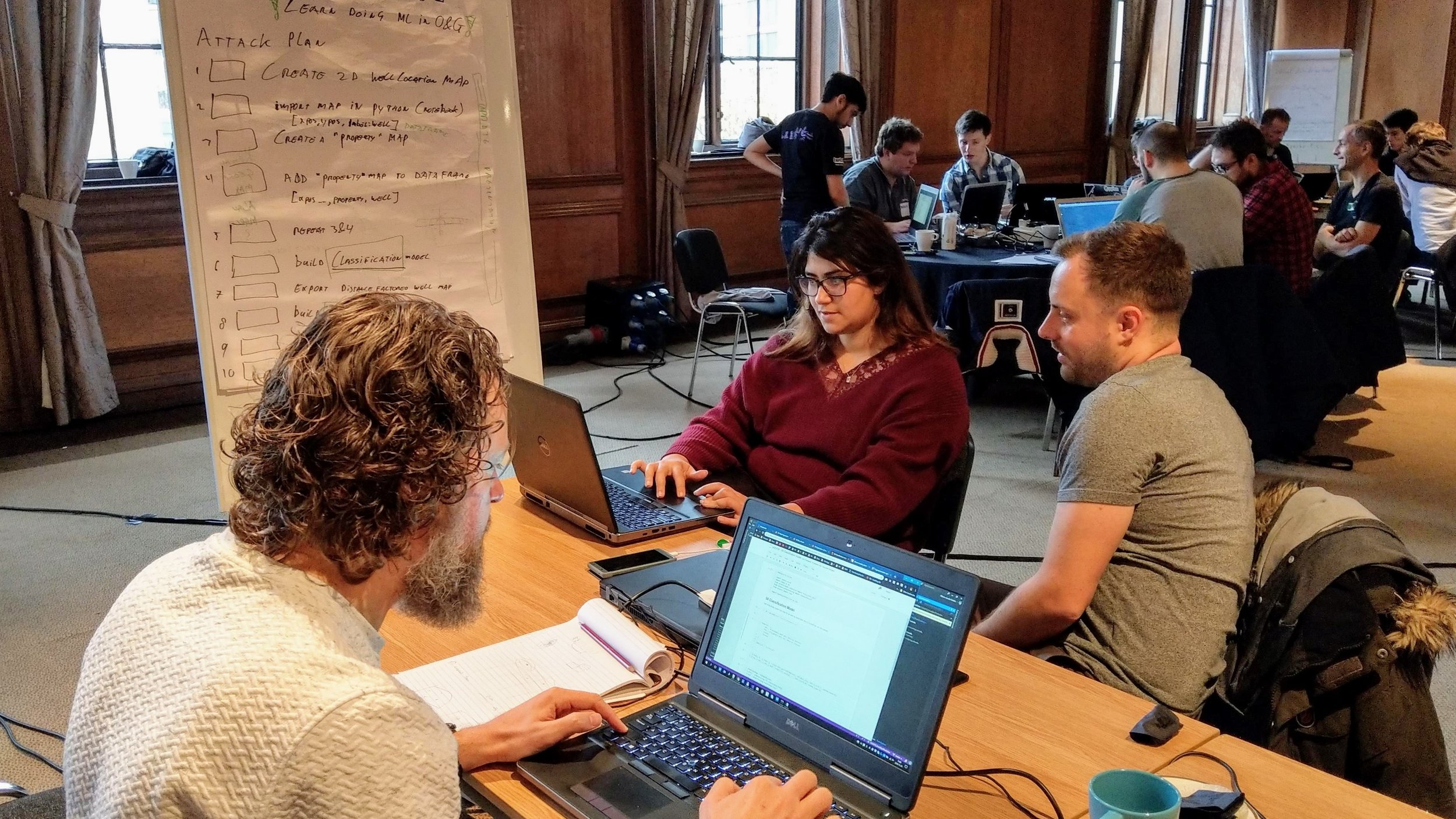


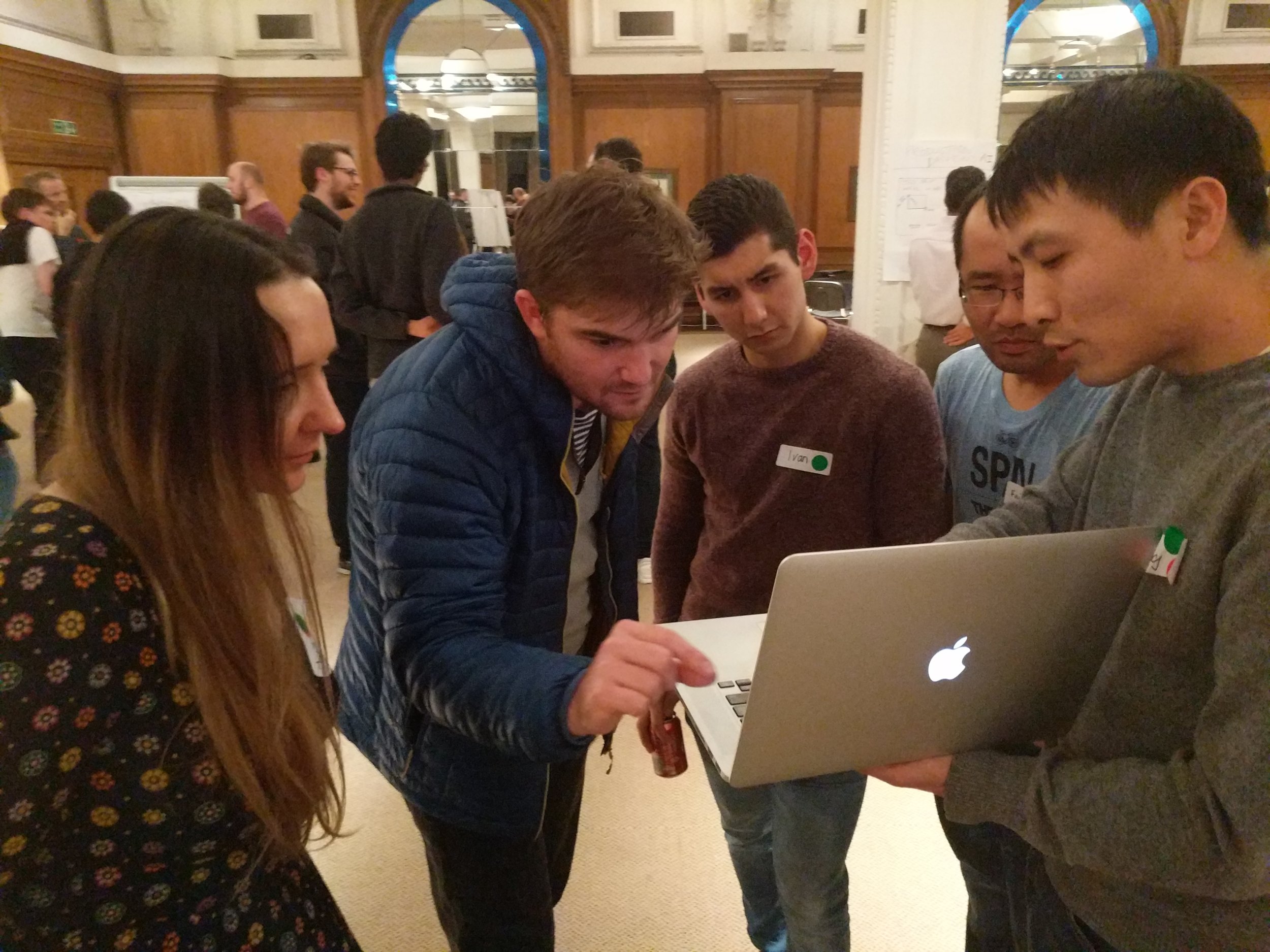
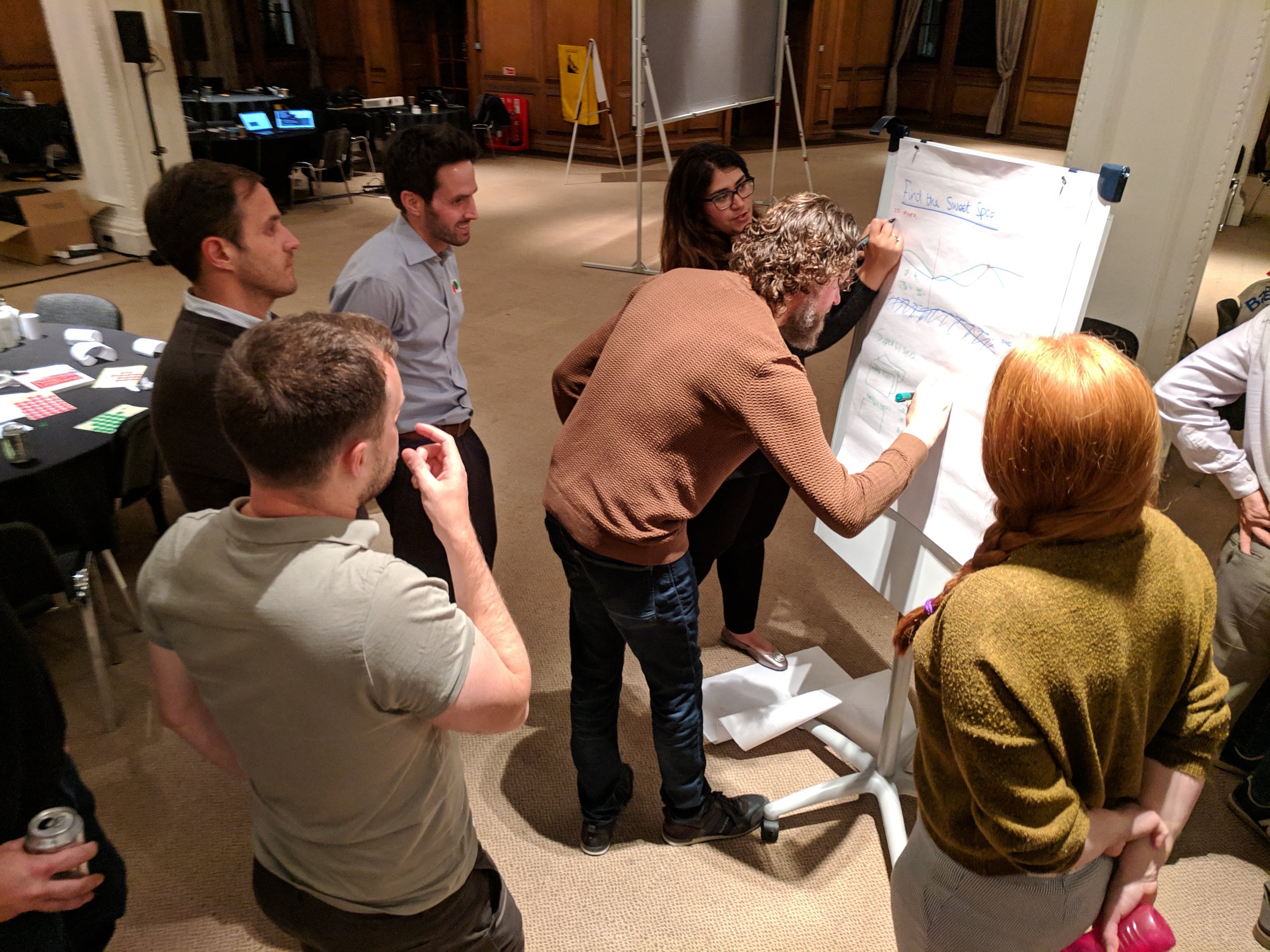

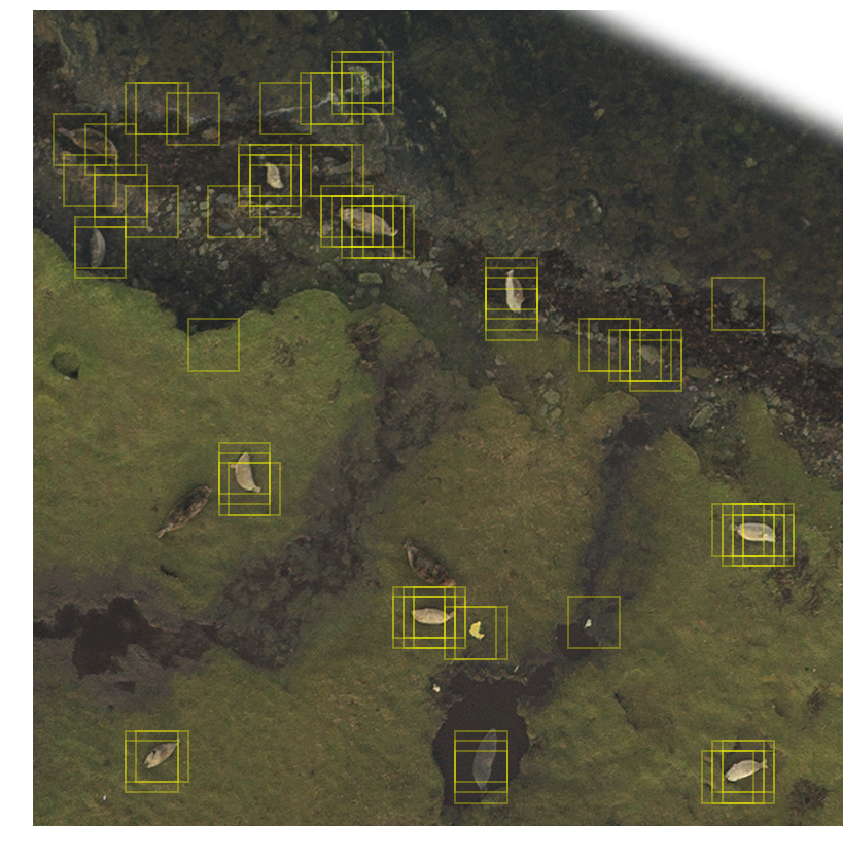






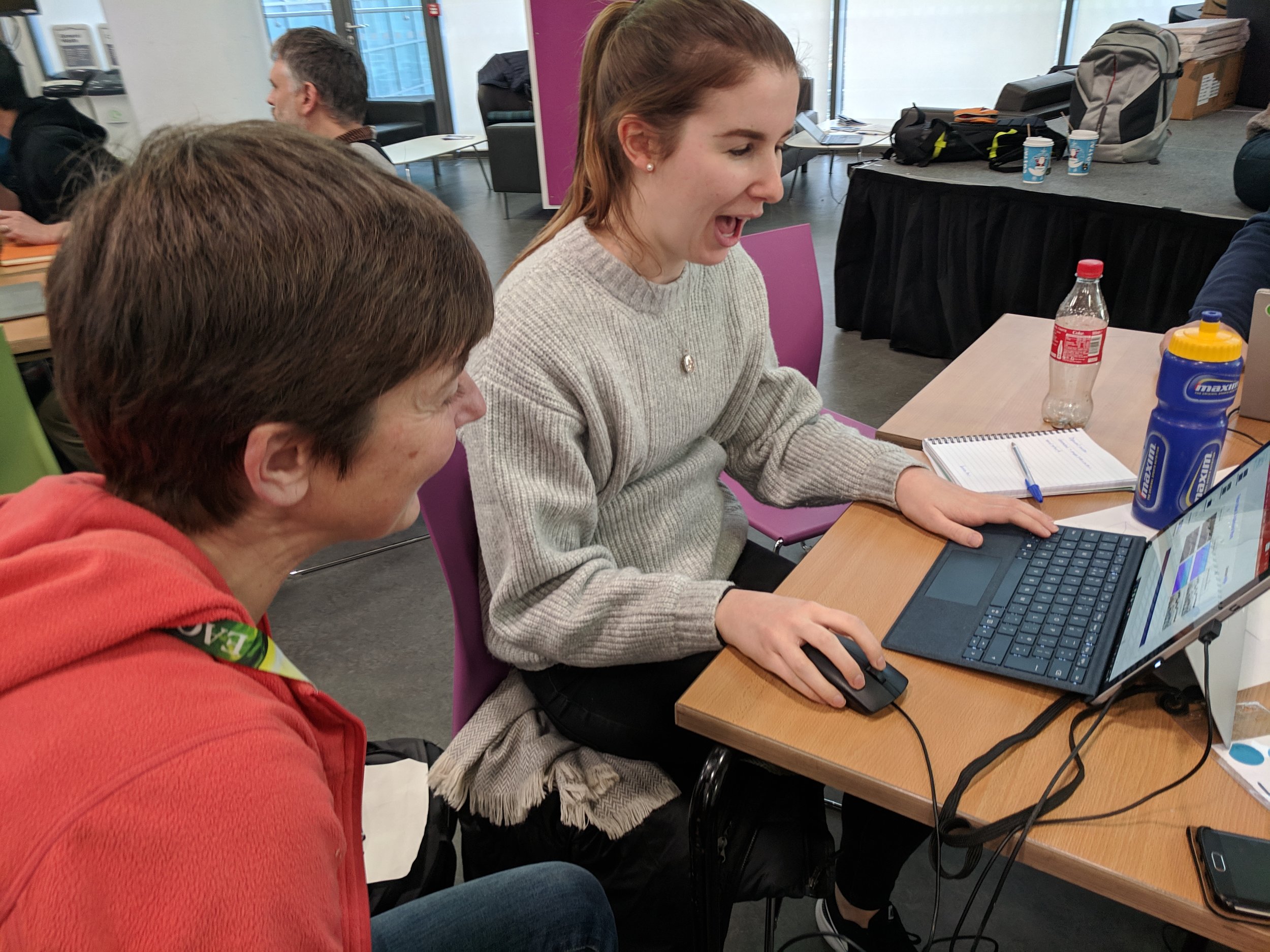

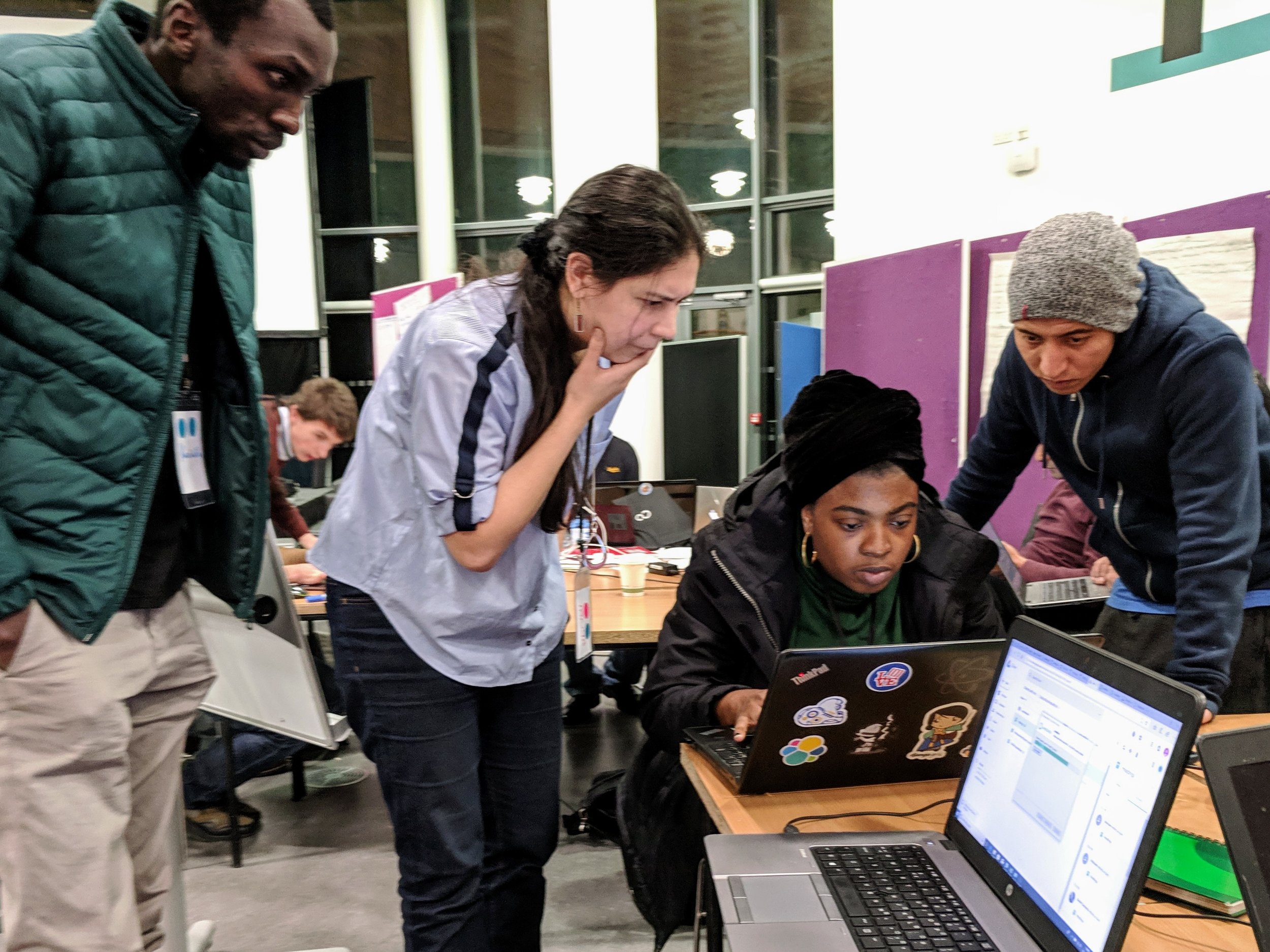
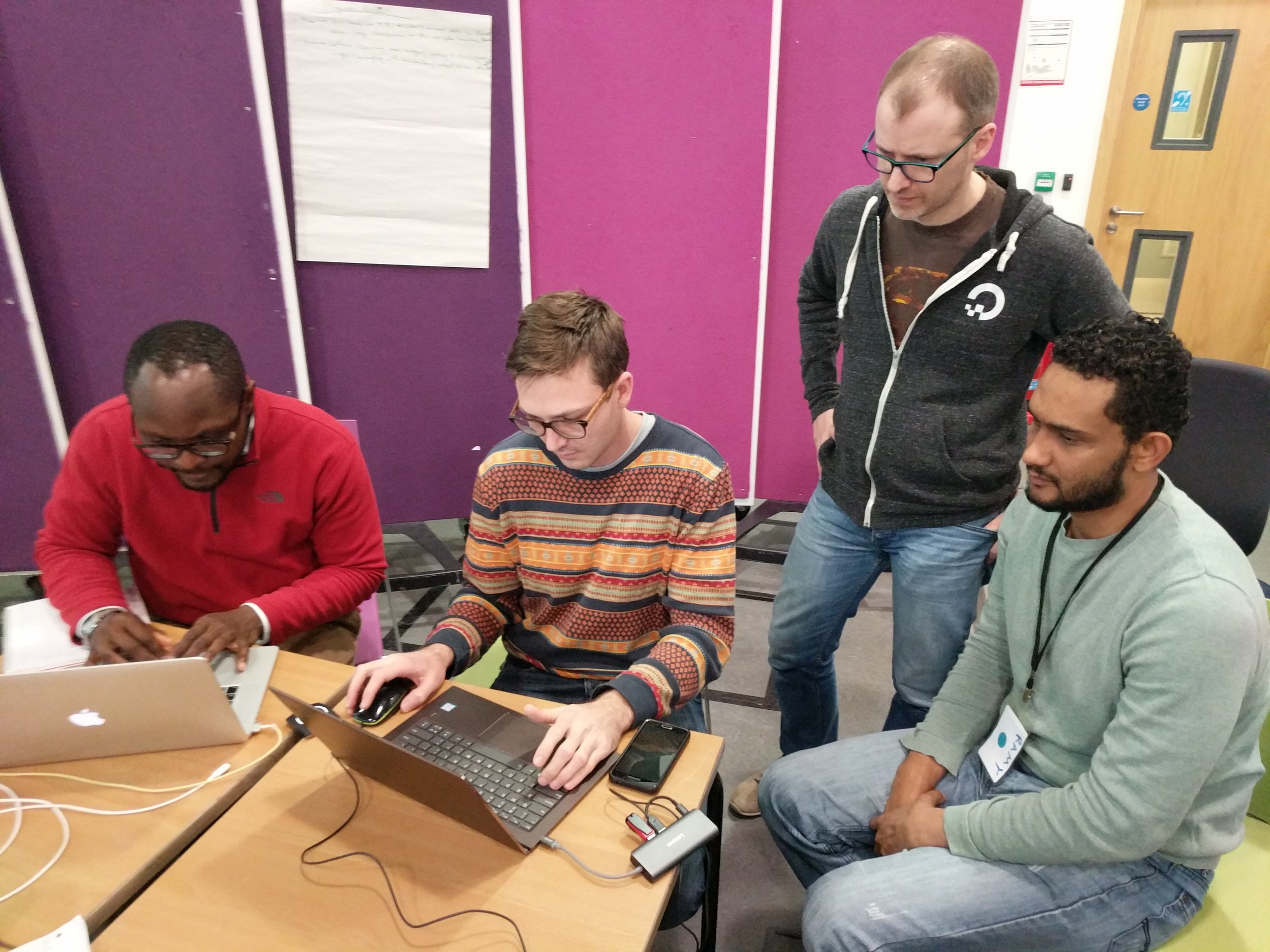
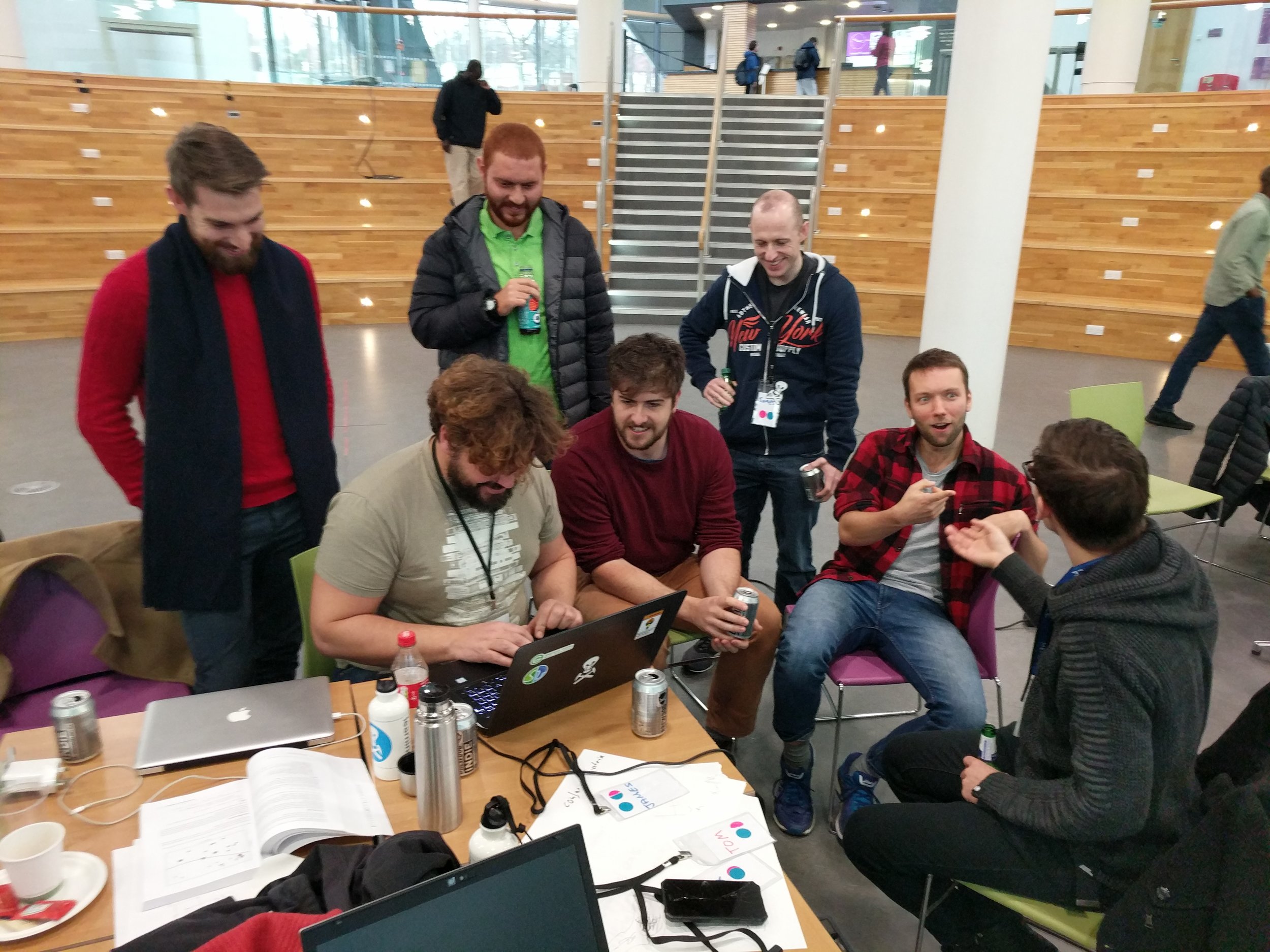

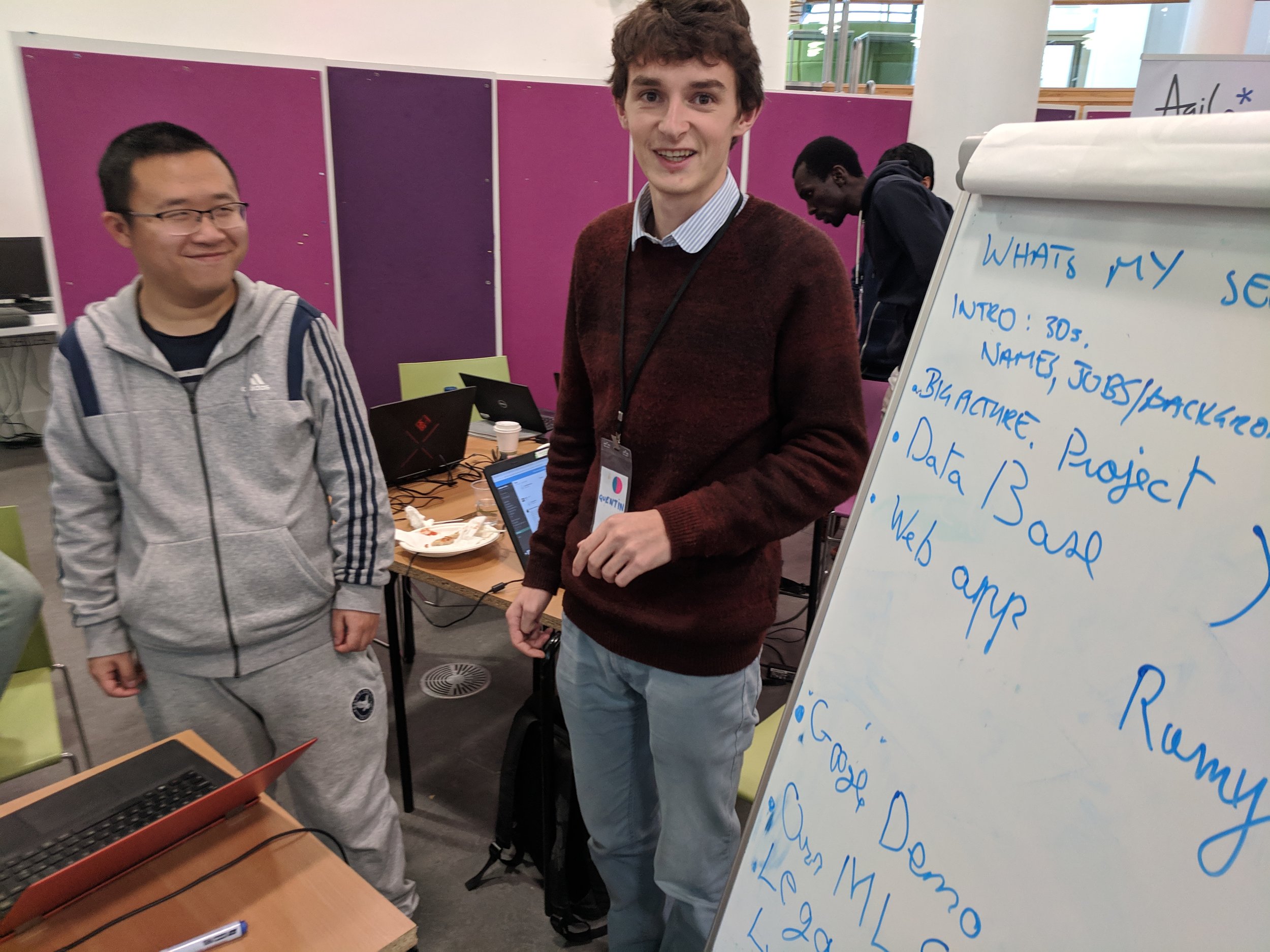
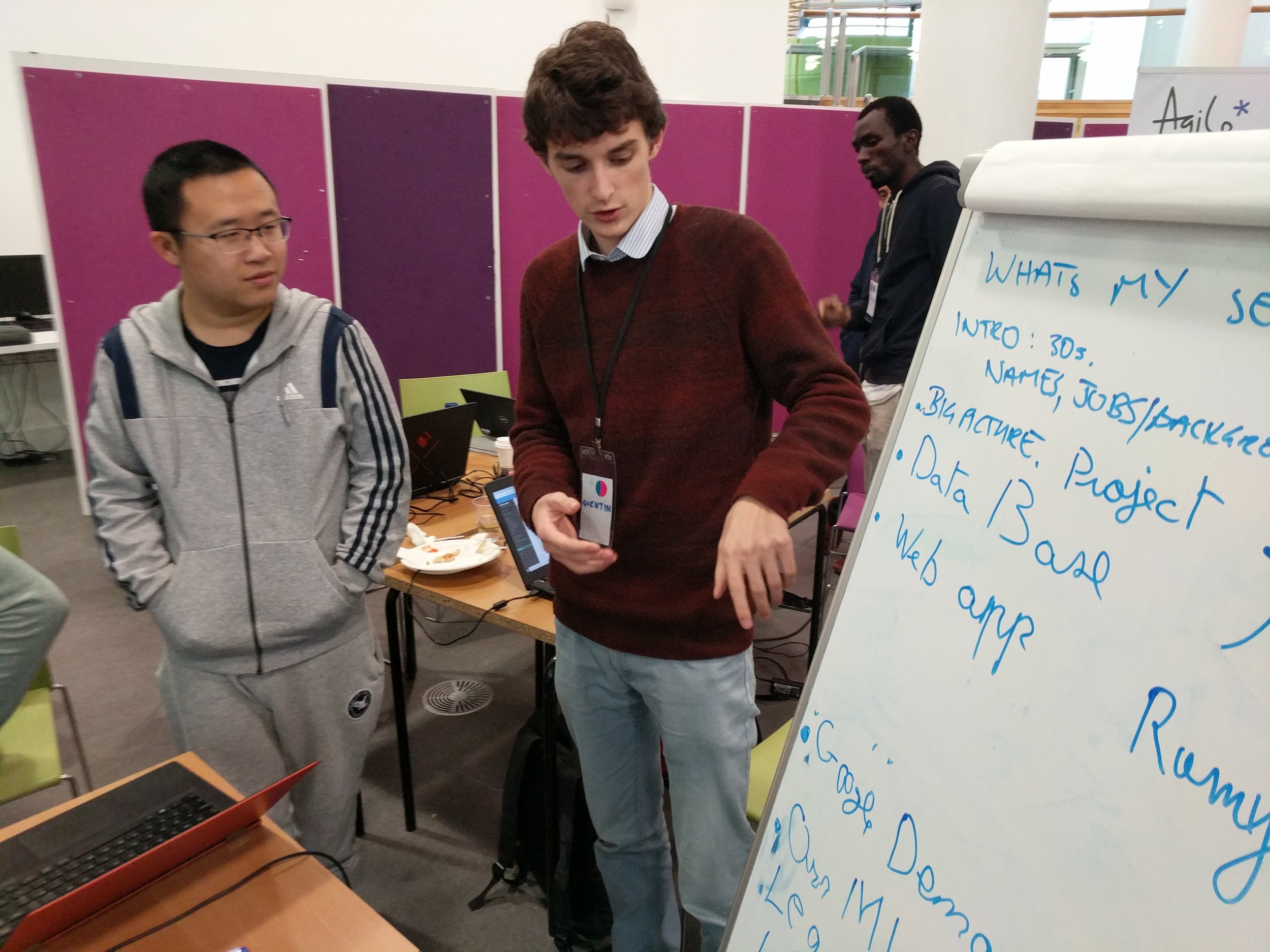
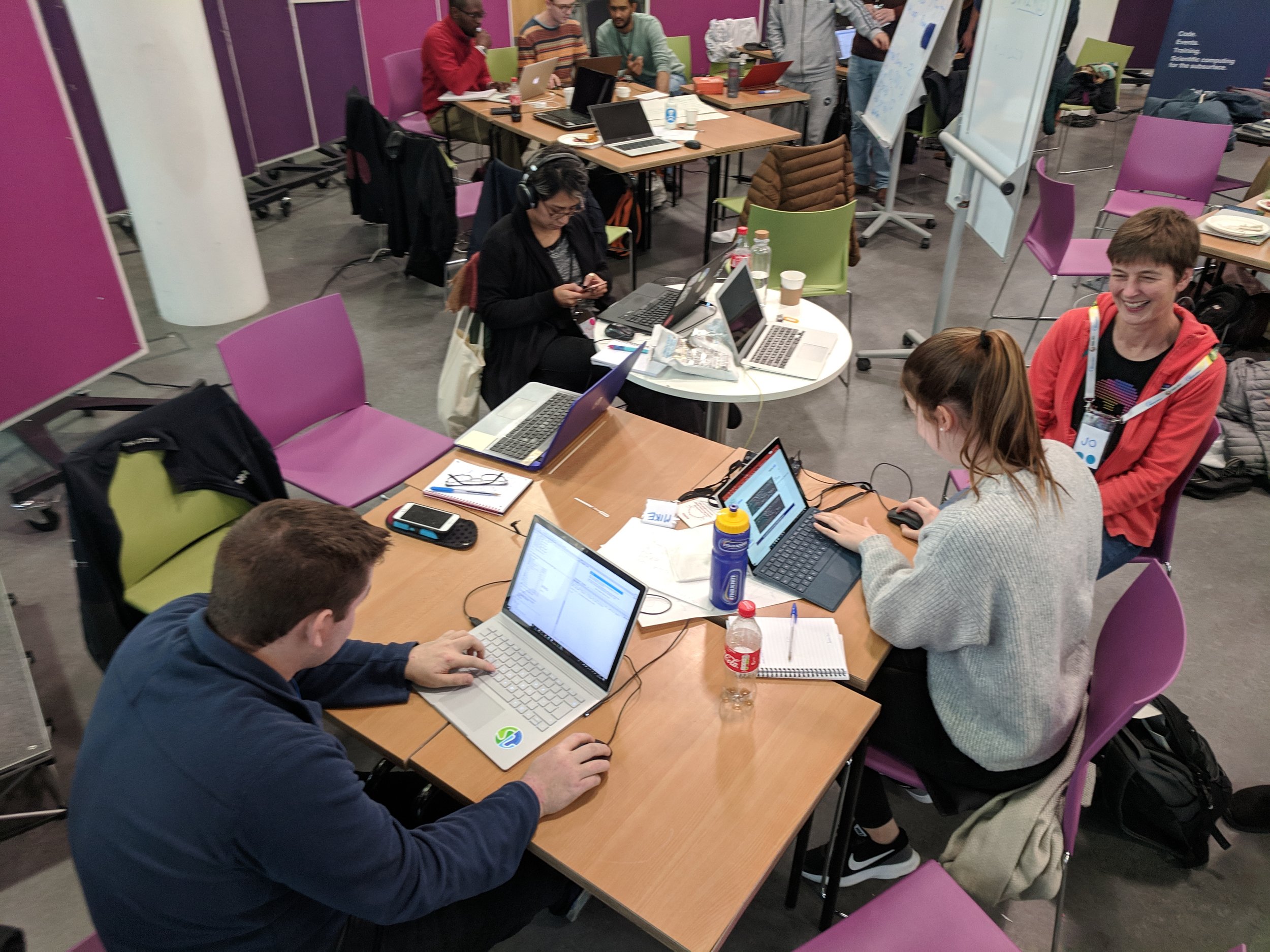
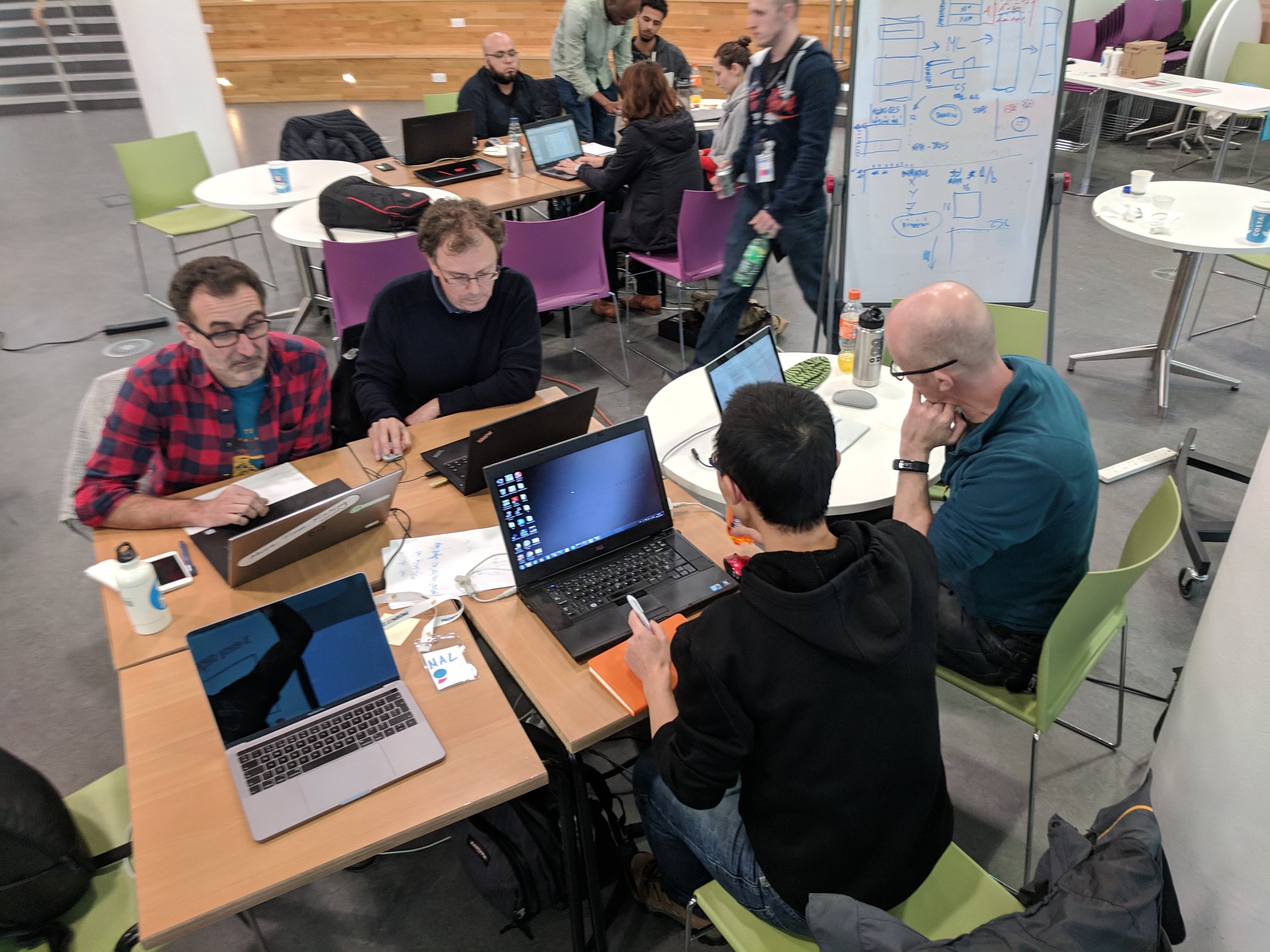
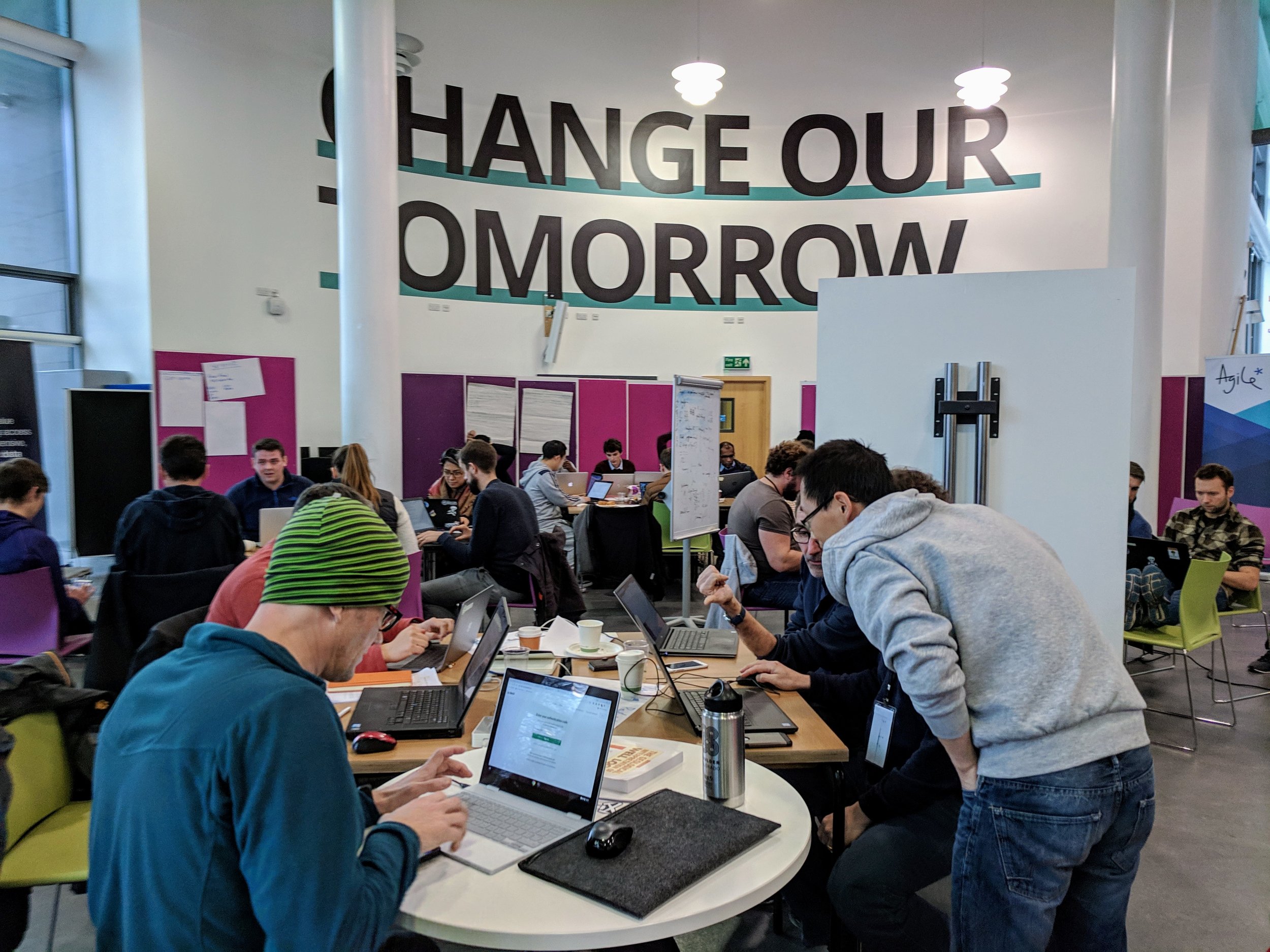
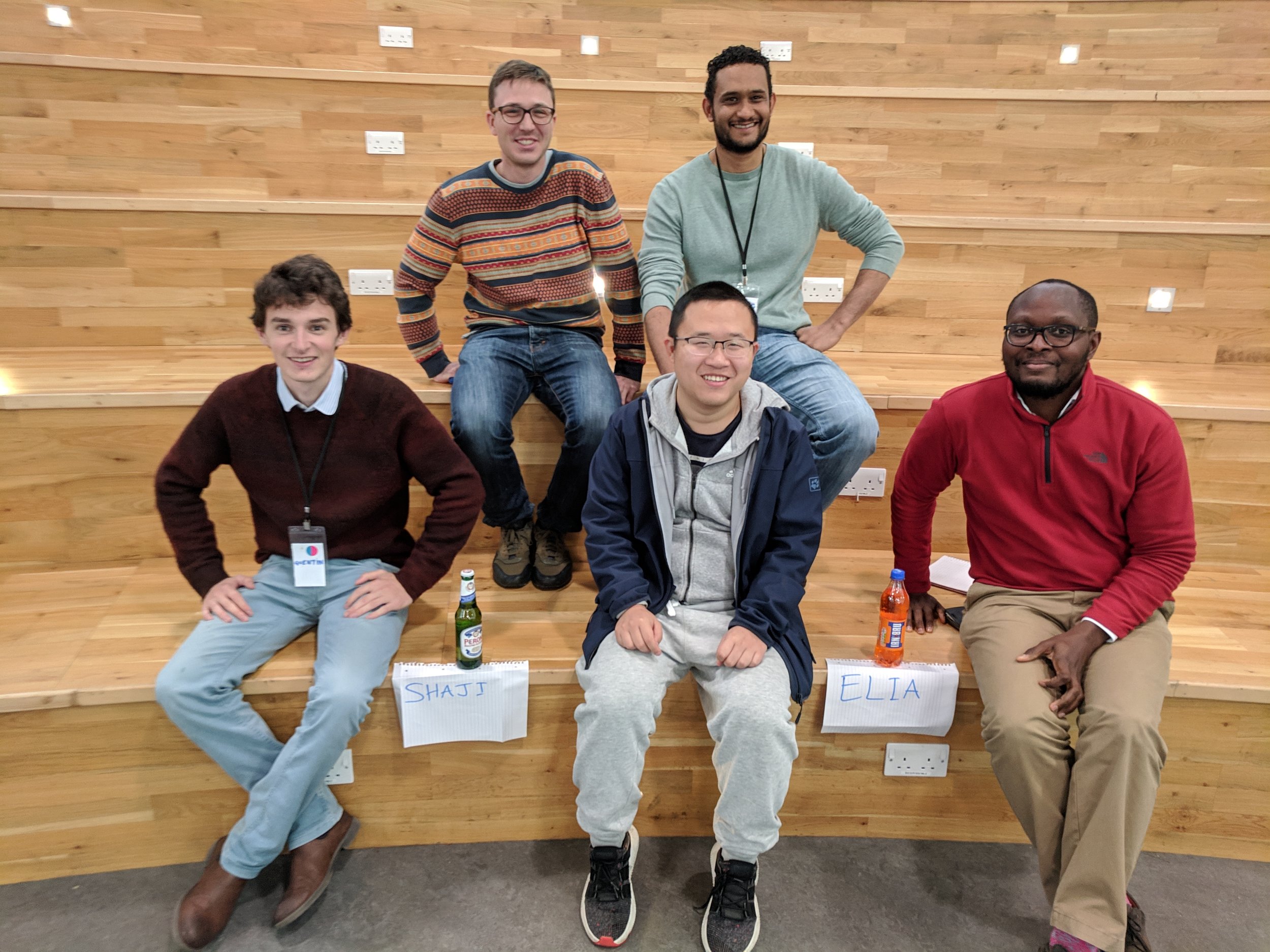

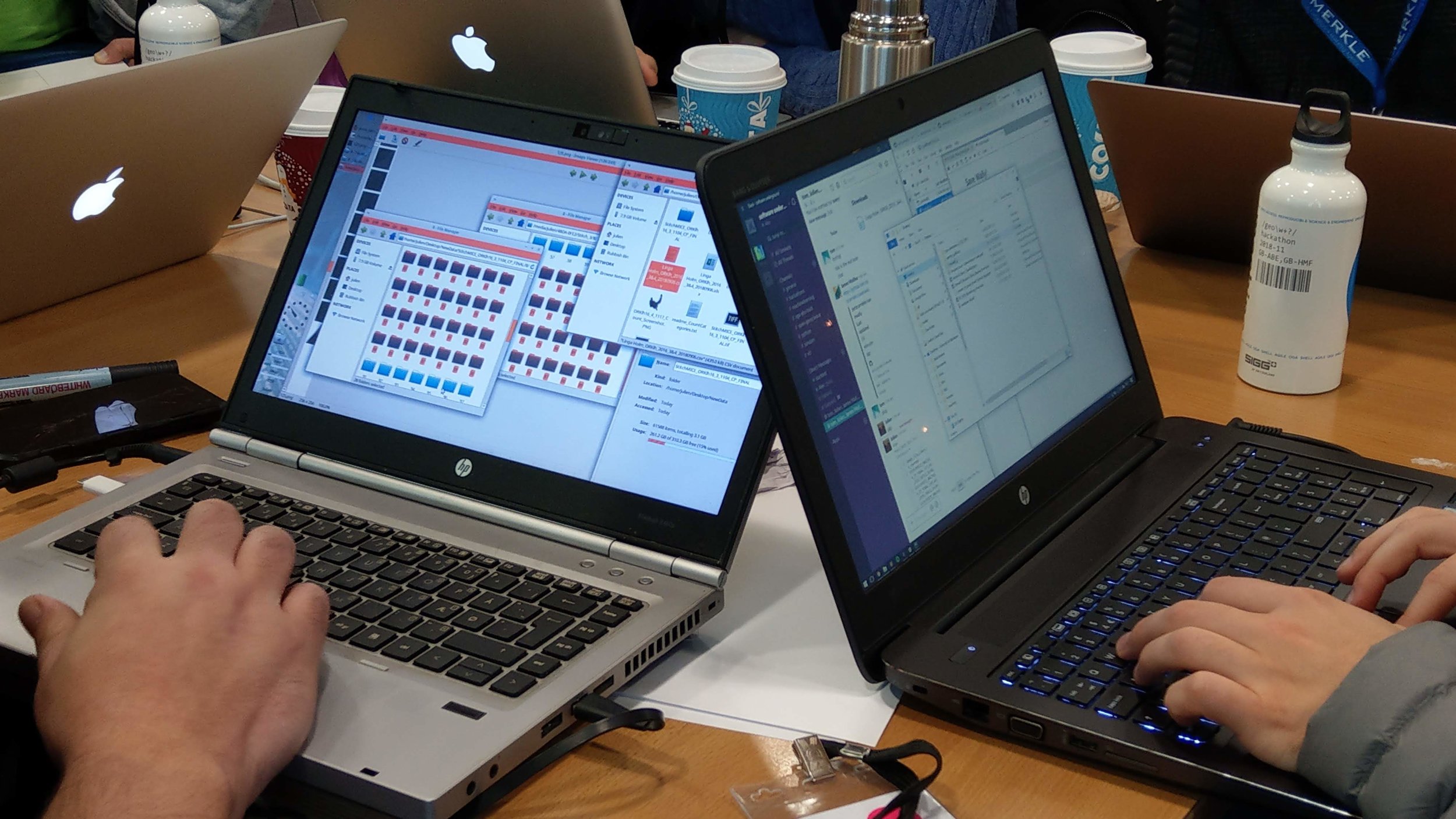
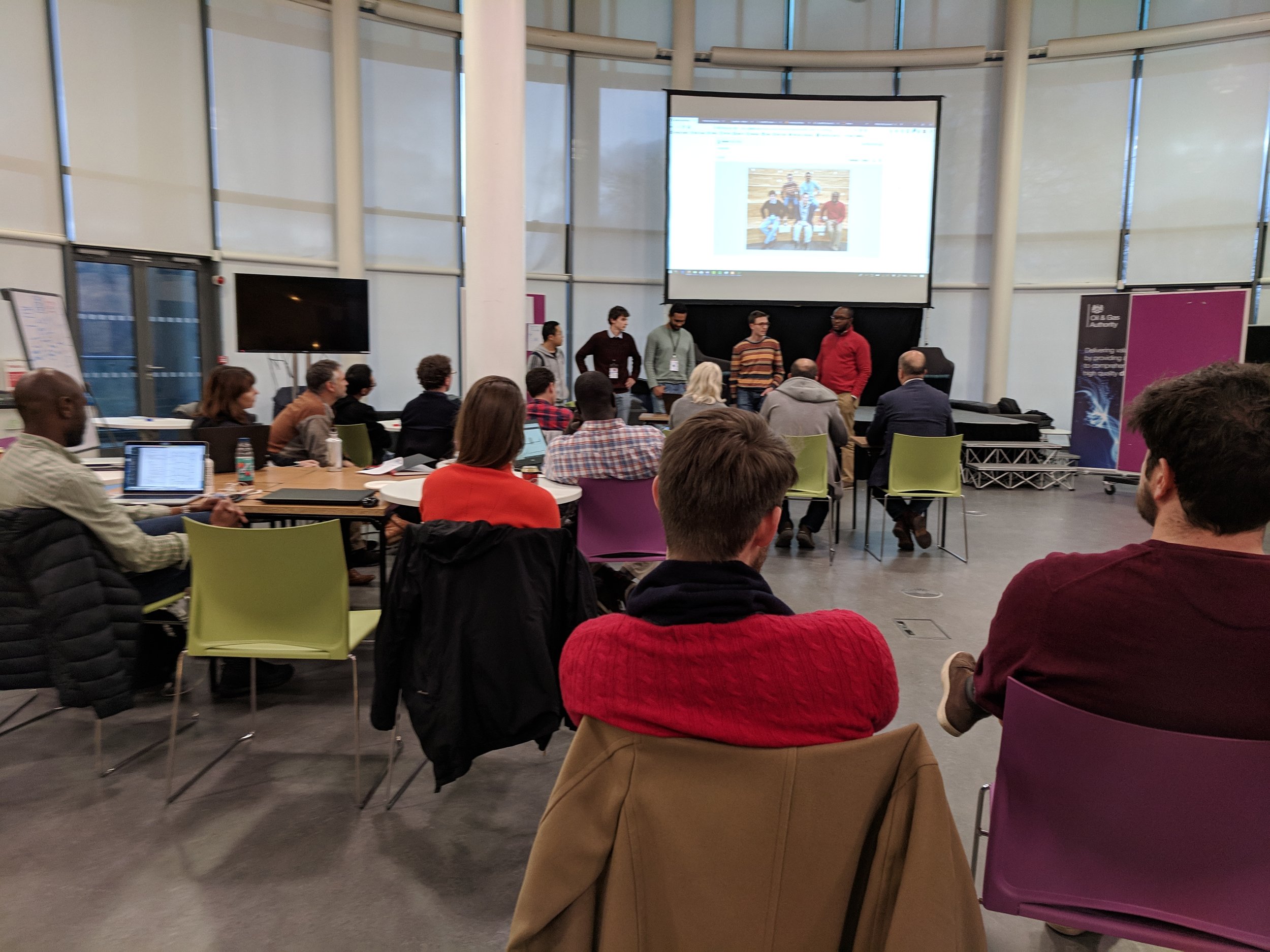









 Except where noted, this content is licensed
Except where noted, this content is licensed